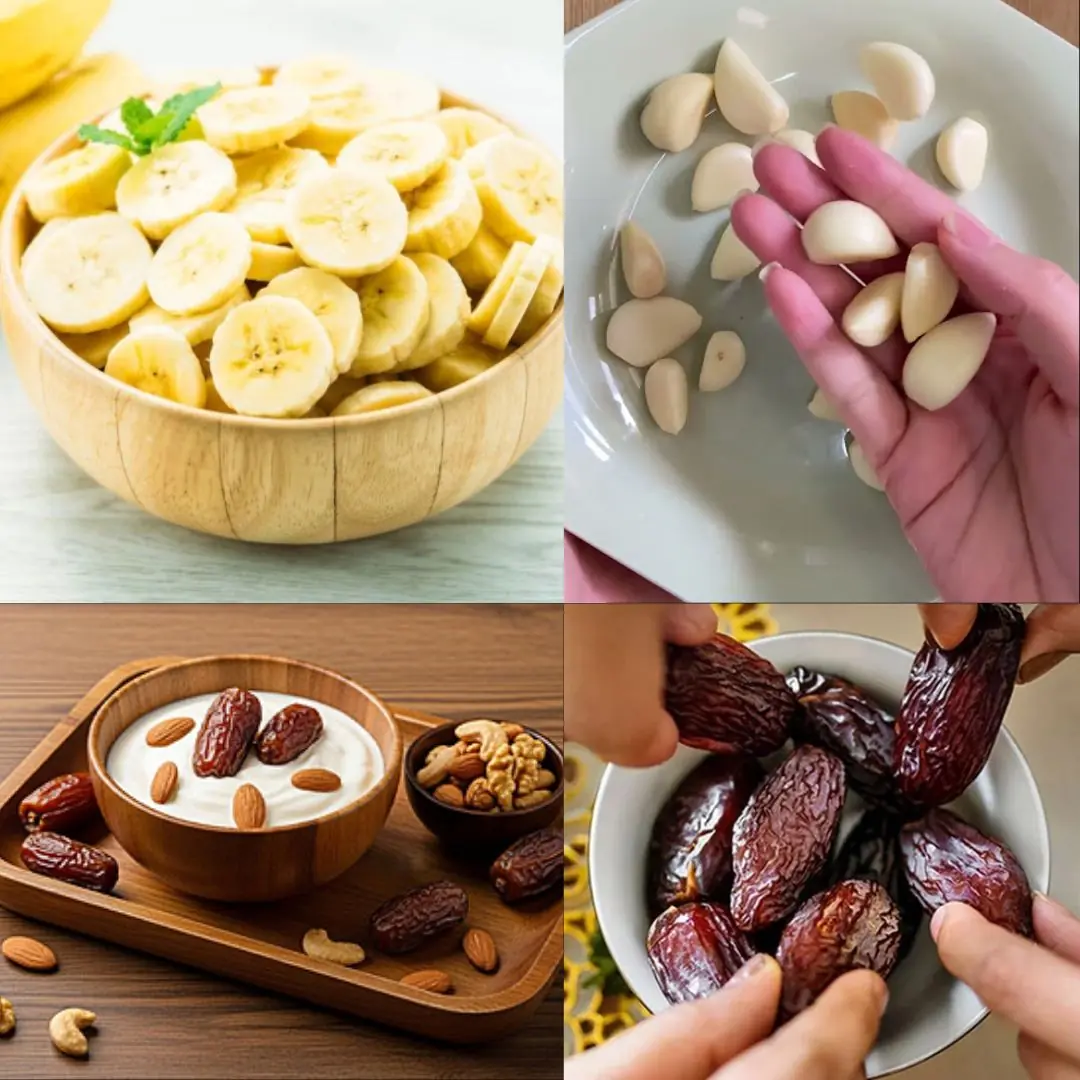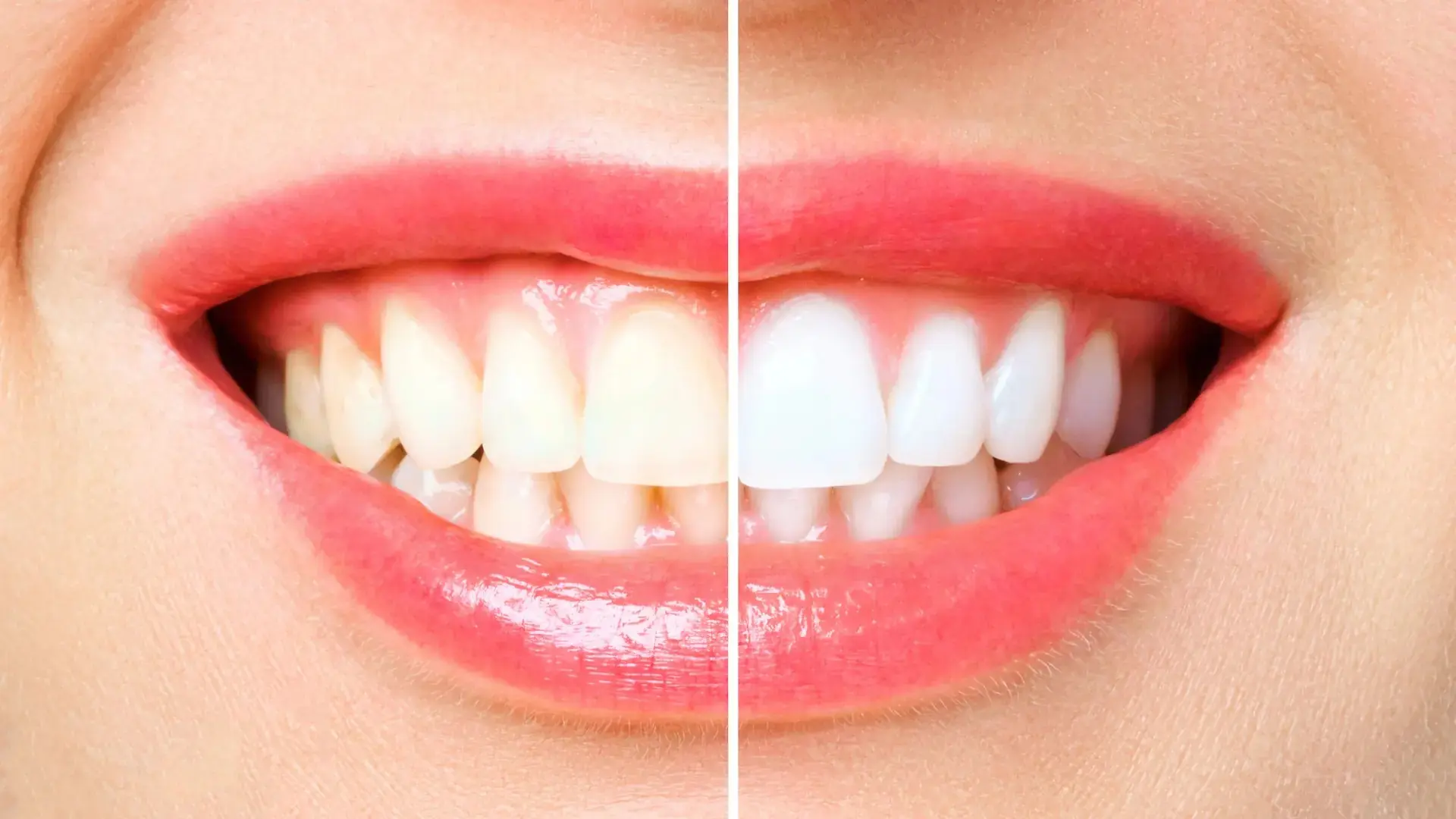
The #1 Most Effective Remedy for Dental Plaque (And How to Beat Tartar at Home)
The #1 Most Effective Remedy for Dental Plaque (And How to Beat Tartar at Home)
What if removing stubborn dental plaque and preventing tartar buildup didn’t require expensive dental procedures or harsh commercial products? What if you could dramatically improve your oral health—right at home—with just a few simple changes?
Whether you're struggling with fuzzy-feeling teeth, recurring cavities, or gum inflammation, this guide introduces a powerful, science-backed solution that tackles the root cause of oral decay. From children learning good habits to adults managing long-term plaque, the solution lies beyond just brushing and flossing—it’s about transforming your oral environment entirely.

What Plaque and Tartar Really Are—and Why They Matter
At its core, dental plaque isn’t just leftover food—it’s a biofilm, a complex colony of bacteria that forms a sticky shield on your teeth. This biofilm is primarily built by a destructive microbe known as Streptococcus mutans.
When you eat sugars or starches, these bacteria go into overdrive, producing acids that become trapped beneath the biofilm, right against your tooth enamel. Over time, this acid dissolves minerals in your enamel, leading to cavities, gum disease, and eventually, hardened tartar (calculus).
And it doesn’t stop in your mouth—S. mutans has been found in arterial plaque and even heart valves, showing how poor oral health can be linked to systemic issues like cardiovascular disease. This makes managing plaque a critical part of whole-body wellness—not just cosmetic hygiene.
Key Insights:
-
Plaque is a living bacterial shield that traps acid and erodes your teeth from within.
-
Tartar is hardened plaque formed when this biofilm binds with minerals in your saliva.
-
Oral bacteria influence more than just your teeth—they can affect your heart, arteries, and immune system.
1. Cut Off Their Fuel Supply: Diet Is Your First Line of Defense
The first—and most important—step to tackling plaque is to starve the bacteria that create it.
S. mutans thrives on:
-
Refined sugars (soda, candy, fruit juices)
-
Simple starches (crackers, white bread, chips)
-
Sticky, processed carbs (doughnuts, cakes)
The worst offenders are combinations of sugar and starch, which form the perfect glue for bacteria to colonize your teeth. Every bite of these foods fuels acid production and strengthens the biofilm barrier.
Diet Strategy:
-
Eliminate or reduce processed carbs and sugars.
-
Focus on whole, nutrient-rich foods:
-
Leafy greens
-
Healthy fats (like avocado and olive oil)
-
High-quality proteins (pasture-raised eggs, fish, lean meats)
-
Bone-supportive foods (fermented dairy, organ meats, broth)
-
This dietary shift doesn’t just reduce bacterial growth—it supports natural remineralization and strengthens your enamel from the inside out.
2. Break Down Biofilm: A Game-Changing Homemade Toothpaste
Even with a perfect diet, existing plaque and tartar can linger—especially in hard-to-reach areas. That’s where a targeted homemade toothpaste comes in.
This DIY toothpaste is designed to:
-
Dissolve biofilm
-
Neutralize acid
-
Kill harmful bacteria
-
Remineralize weakened enamel
Ingredients & Benefits:
-
3% Food-Grade Hydrogen Peroxide
-
Oxygenates and breaks down biofilm
-
Kills anaerobic bacteria like S. mutans
-
Naturally whitens teeth
Important: Only use food-grade peroxide to avoid harmful stabilizers.
-
-
Baking Soda
-
Mild abrasive to polish teeth and scrub away plaque
-
Neutralizes acid to create an alkaline environment
-
Makes it hard for bad bacteria to survive
-
-
Clove Essential Oil
-
Contains eugenol, a powerful antimicrobial and analgesic
-
Disrupts bacterial colonies and reduces gum pain
-
-
Microcrystalline Hydroxyapatite (MCHA)
-
A natural form of calcium that makes up 97% of enamel
-
Fills in tiny pores in enamel (remineralization)
-
Rebuilds and protects against future decay
-
How to Use:
Mix a small amount of each ingredient into a smooth paste.
Brush gently with this mixture once per day using circular motions, ensuring coverage on all surfaces of your teeth. Spit and rinse thoroughly. You may follow with a fluoride-free rinse or water.
3. Repopulate Your Oral Microbiome with Friendly Bacteria
After dismantling the bad biofilm, the next step is to reintroduce beneficial bacteria—just like in gut health.
Your mouth has its own microbiome. A healthy balance of microbes helps:
-
Prevent new plaque formation
-
Reduce inflammation
-
Keep breath fresh
-
Guard against bad bacteria like S. mutans from reestablishing
Try Oral Probiotics:
-
Look for strains like Streptococcus salivarius K12 and M18
-
Available as chewable tablets or probiotic gums
-
Use daily after brushing (especially after using peroxide-based paste)
This step can significantly lower the risk of cavities and gum disease, especially when combined with diet and hygiene upgrades.
4. Add Nutrient-Dense Superfoods: Grass-Fed Butter & Vitamin K2
One often-overlooked step in oral health is rebuilding from within—and one of the most powerful foods for doing that is grass-fed butter.
It’s rich in:
-
Vitamin K2 (Activator X): Helps direct calcium into bones and teeth (instead of soft tissues like arteries)
-
Vitamin A: Essential for maintaining strong enamel
-
Butyrate: A short-chain fatty acid that supports gut and immune health
Why It Matters:
Dr. Weston A. Price, a pioneering dentist, studied traditional diets and found cultures consuming high amounts of fat-soluble vitamins had near-perfect teeth—despite having no access to modern dental care.
Vitamin K2 ensures calcium stays in the right place—preventing it from hardening on teeth (tartar) and instead depositing it in your bones and enamel. This not only improves tooth density but also reduces the hardening of plaque into calculus.
Add grass-fed butter to:
-
Vegetables
-
Whole grains
-
Cooking and baking
-
Blended drinks (bulletproof-style coffee)
5. The Full Oral Care Protocol — Step by Step
To restore your dental health naturally and effectively:
-
Change your diet – Eliminate sugars and processed carbs; eat nutrient-rich whole foods.
-
Use the homemade toothpaste – Brush daily with the MCHA-based recipe to dissolve tartar and rebuild enamel.
-
Seed your mouth with probiotics – Chew oral probiotics to support a protective microbiome.
-
Add grass-fed butter (or K2 supplements) – Strengthen enamel and prevent future tartar buildup from the inside out.
-
Stay consistent – These aren’t one-time fixes. Consistency is the key to sustainable, long-term oral health.
Final Thoughts: A Holistic Approach to a Healthier Smile
Reversing dental plaque and preventing tartar isn’t just about scrubbing harder—it’s about understanding the ecosystem in your mouth and changing the environment in your favor. Through a combination of targeted cleaning, dietary changes, and rebalancing your oral microbiome, you can achieve a cleaner, stronger, and more resilient smile—naturally.
You don't need expensive dental products filled with chemicals. With just a few strategic changes and a commitment to whole-body health, you can take full control of your oral health—starting today.
News in the same category

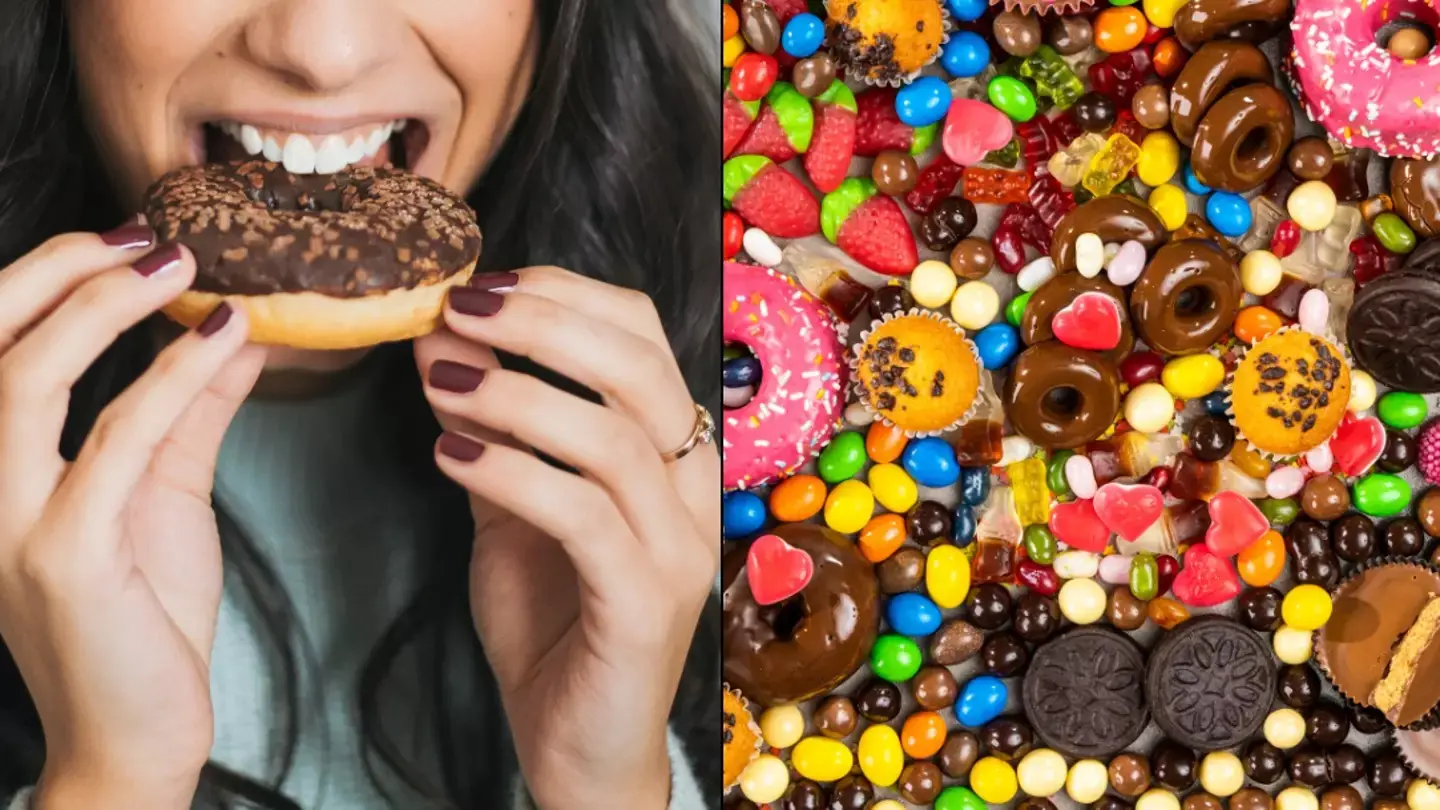
What Happens to Your Body When You Stop Eating
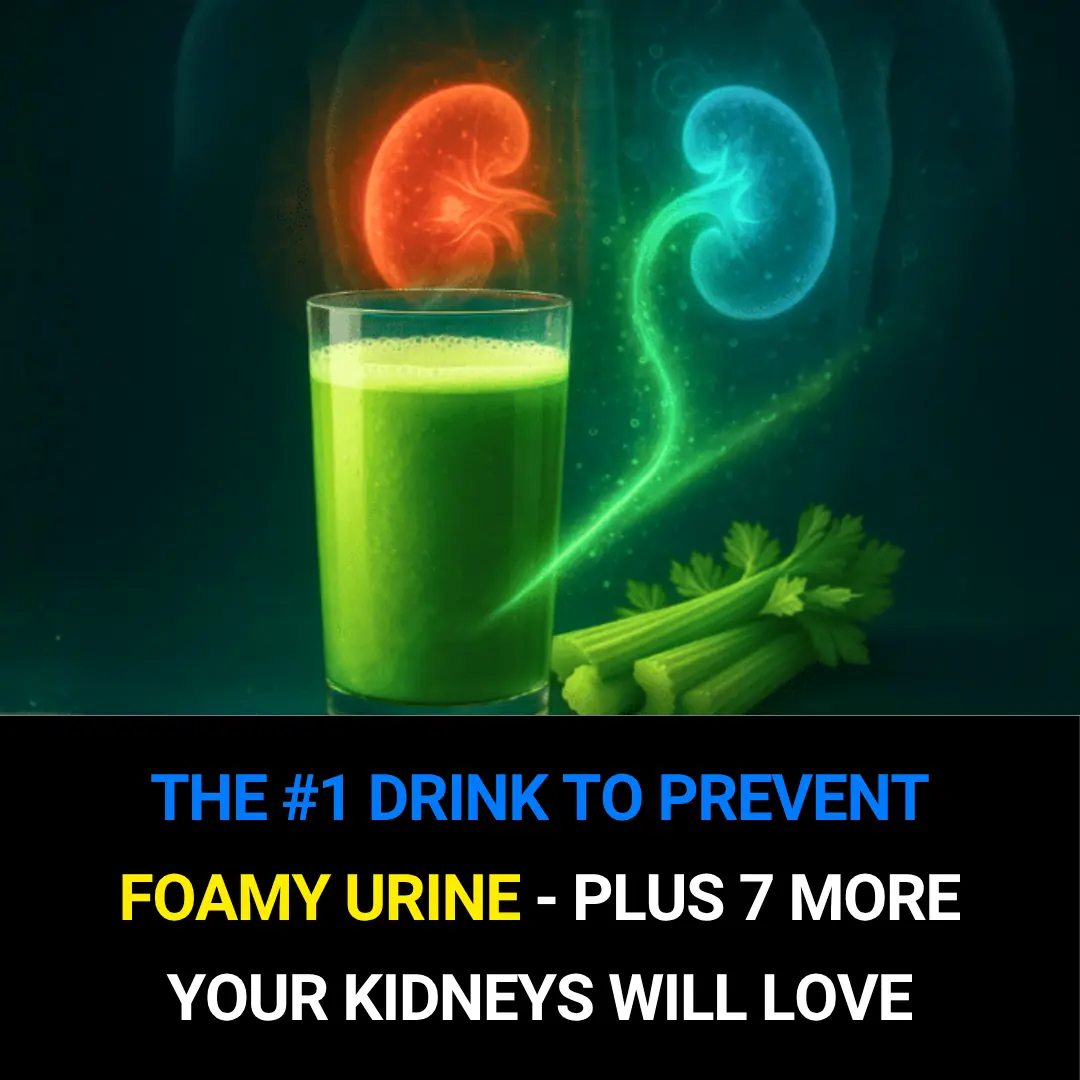
The #1 Drink to Prevent Foamy Urine — Plus 7 More Your Kidneys Will Thank You For
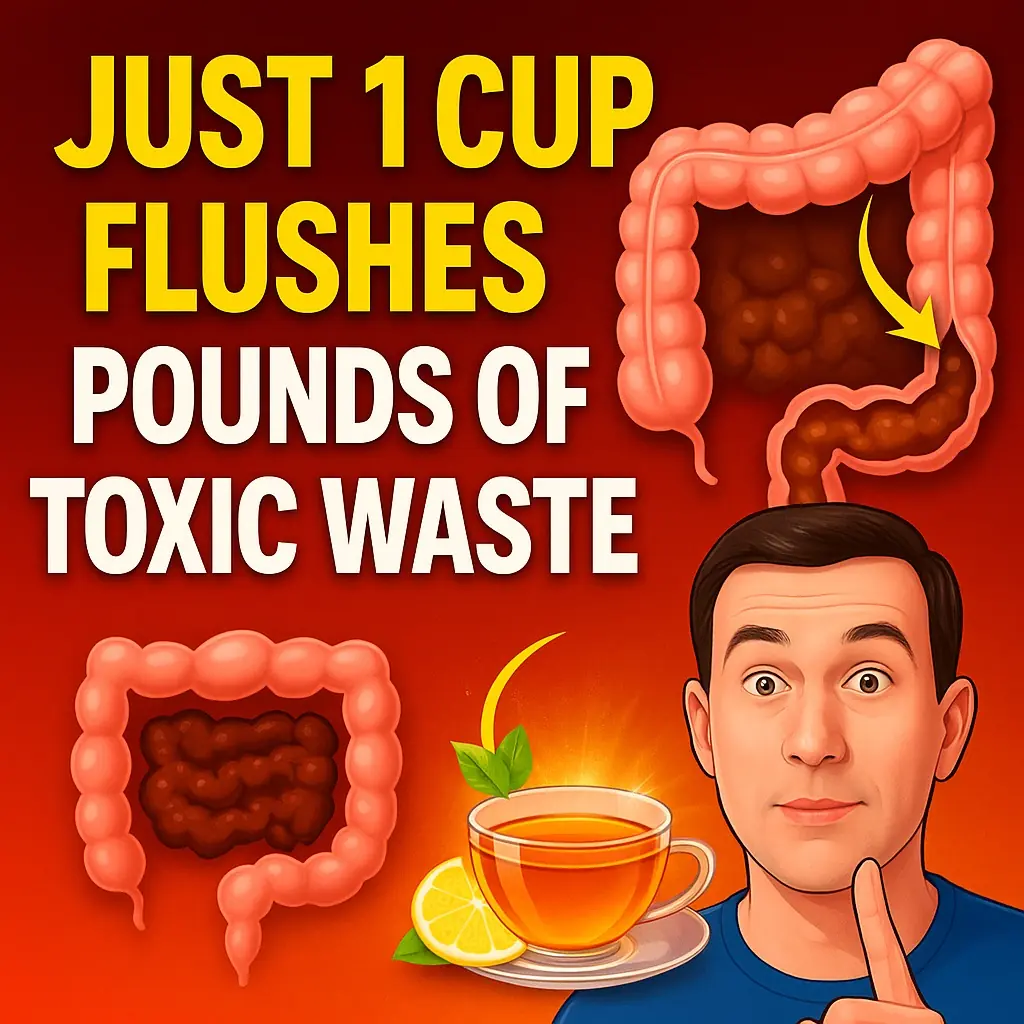
JUST 1 CUP FLUSHES POUNDS OF TOXIC WASTE
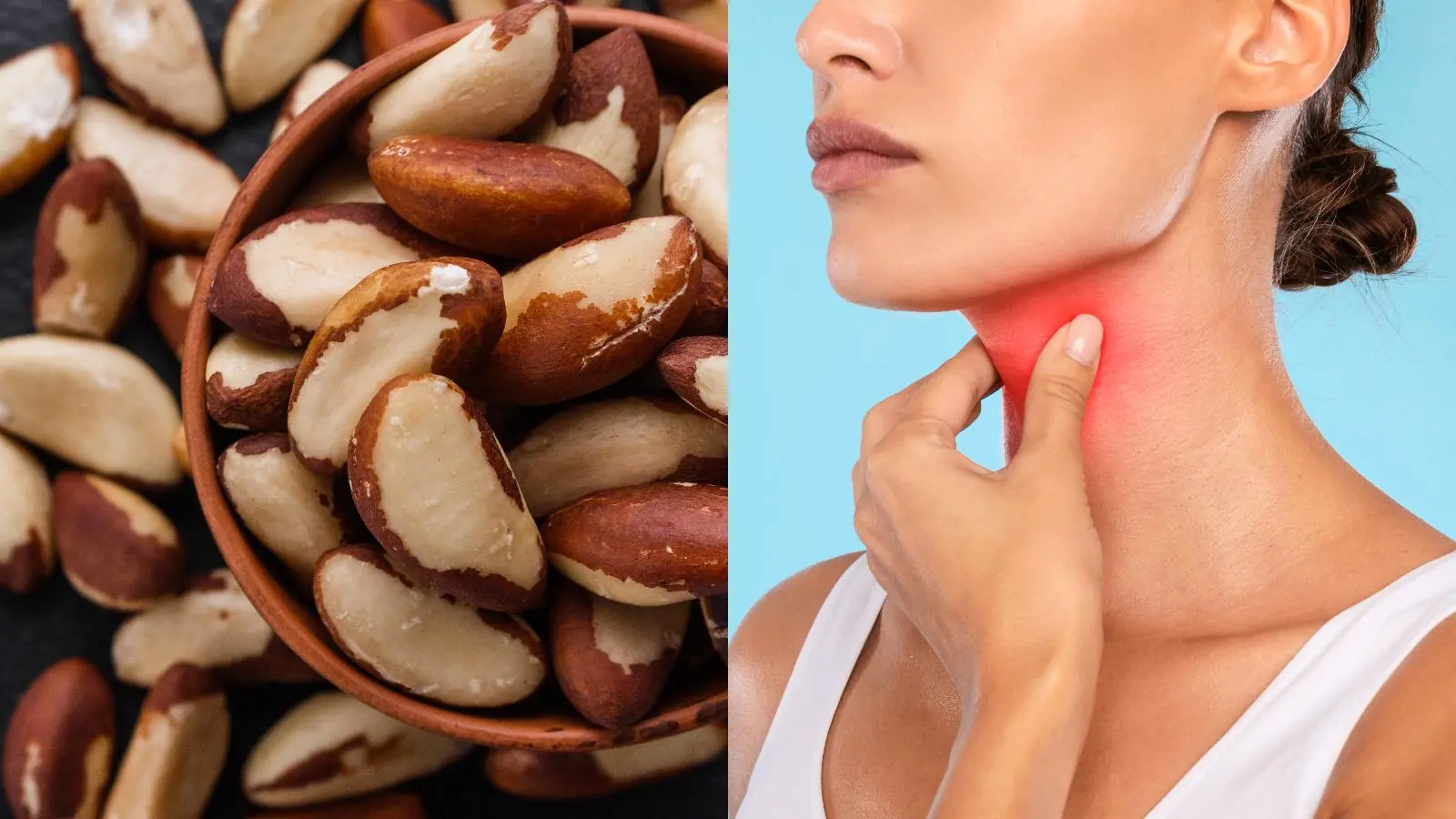
Just 2 Nuts a Day Can Support Your Thyroid, Help With Weight Loss, and Balance Blood Sugar
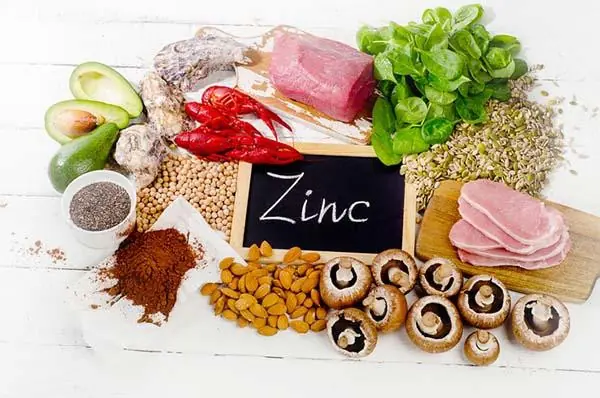
Zinc Deficiency Triggers Inflammation in Your Body — Here’s What to Eat to Fix It
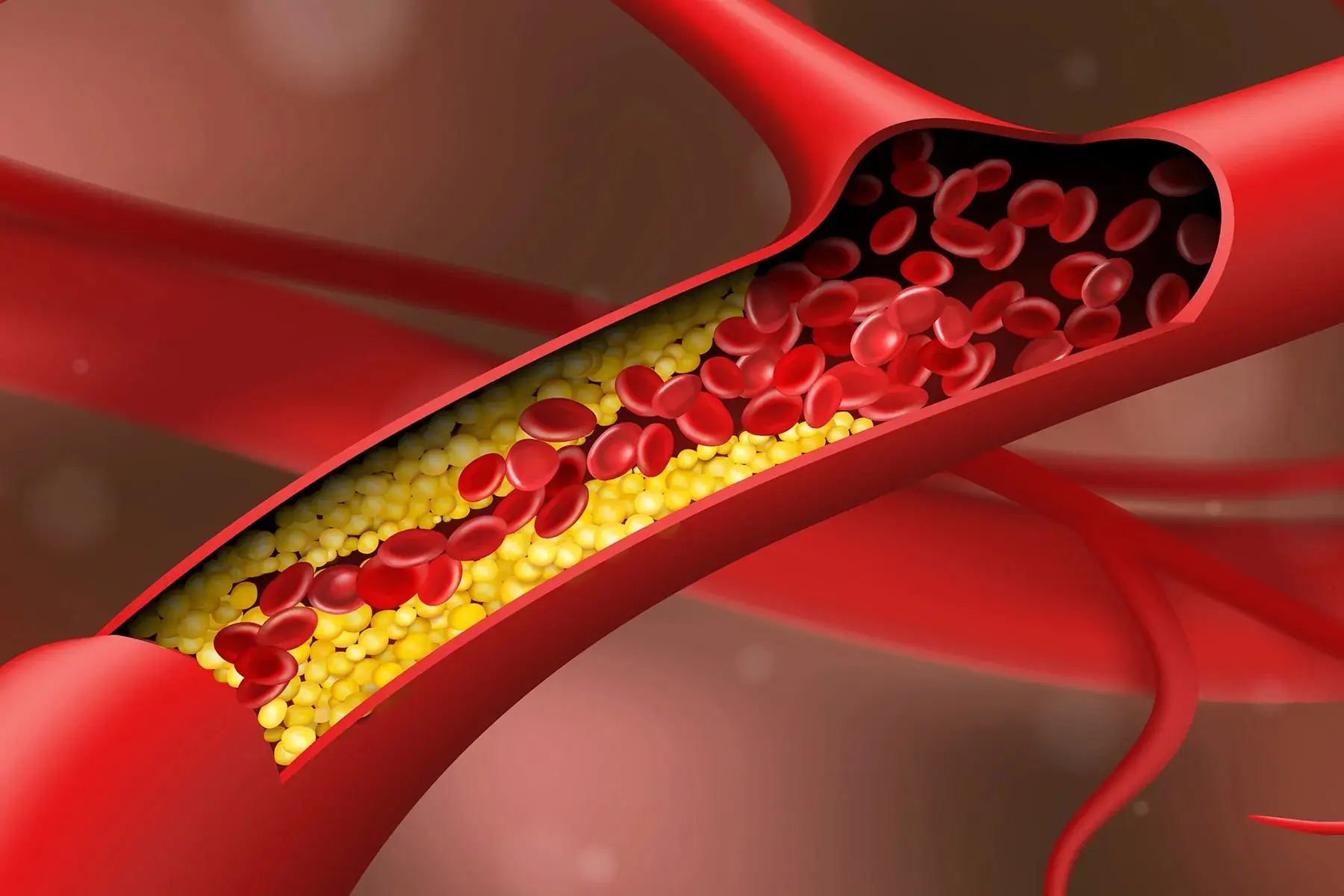
CLEANSE CLOGGED ARTERIES WITHOUT MEDICATION
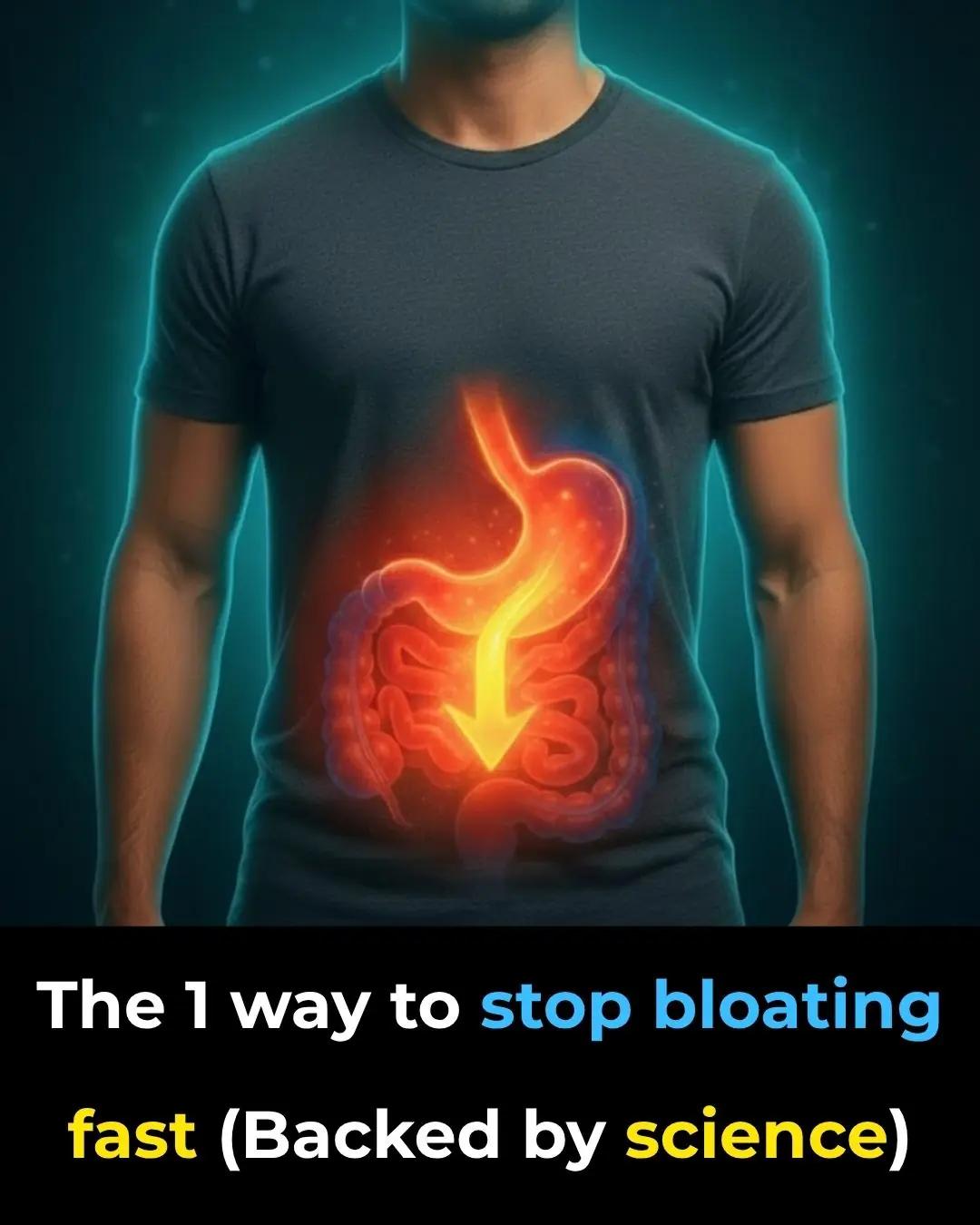
The #1 Way To Stop Bloating Fast
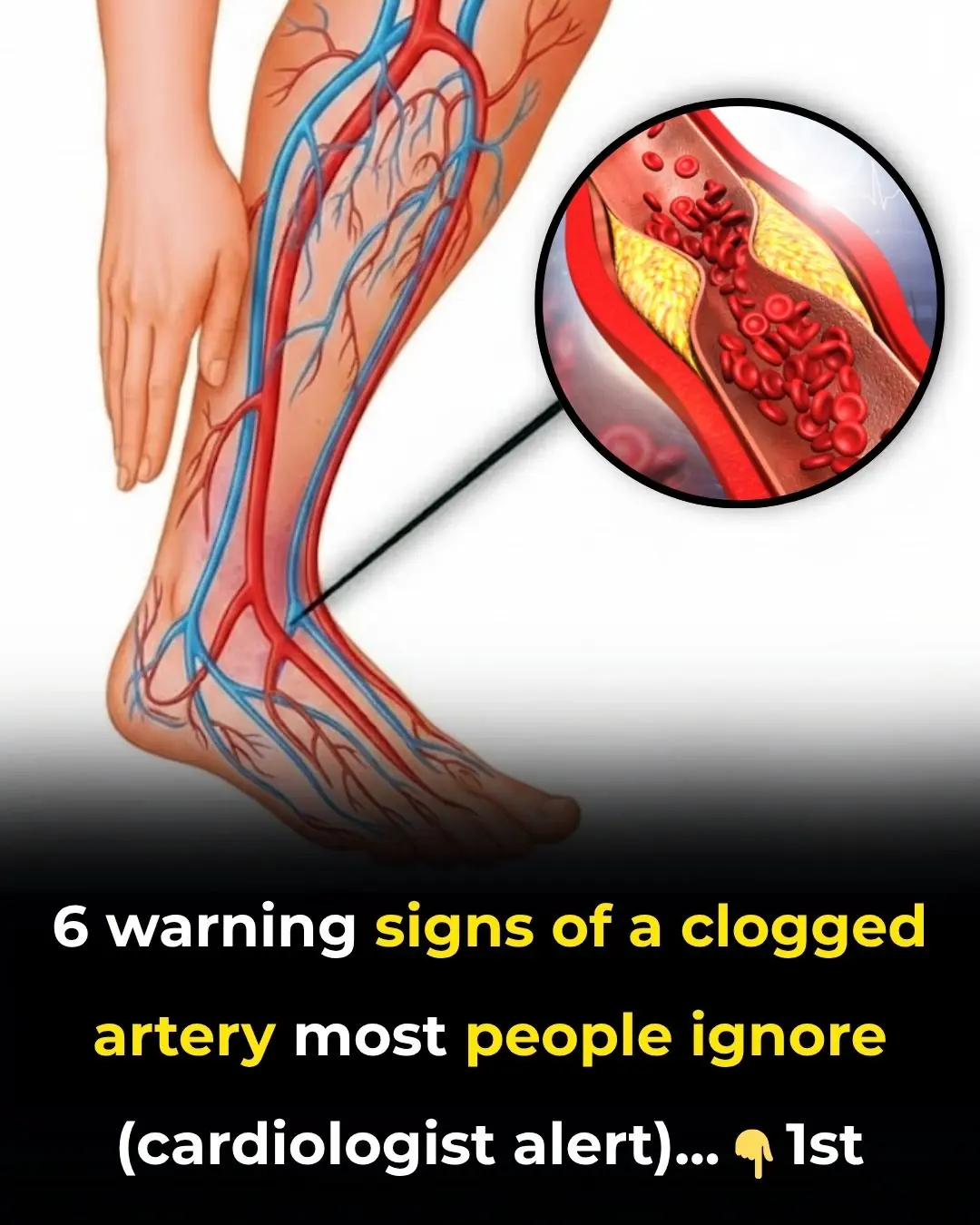
6 warning signs of a clogged artery most people ignore (cardiologist alert)
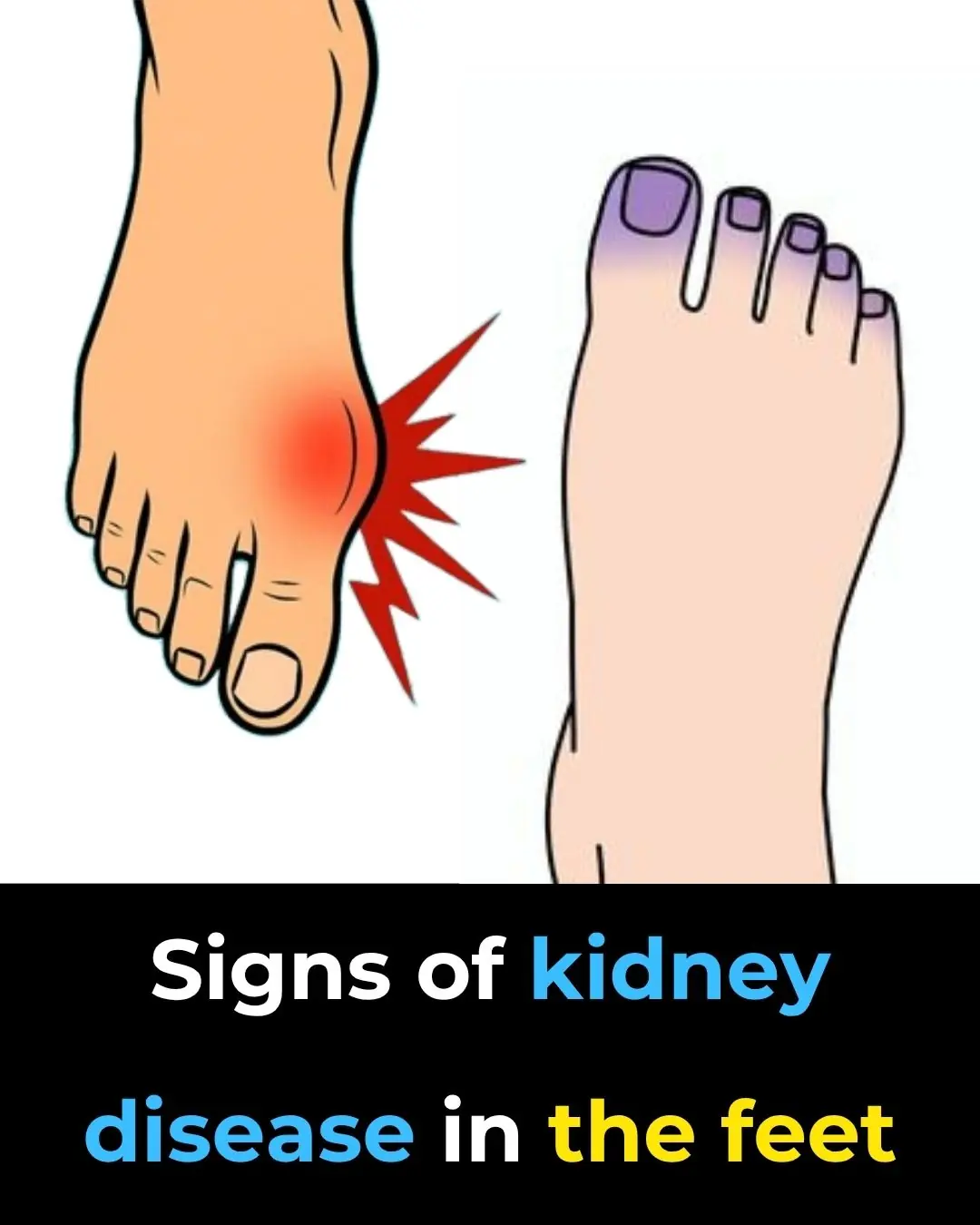
Foot Symptoms That Could Signal Kidney Problems
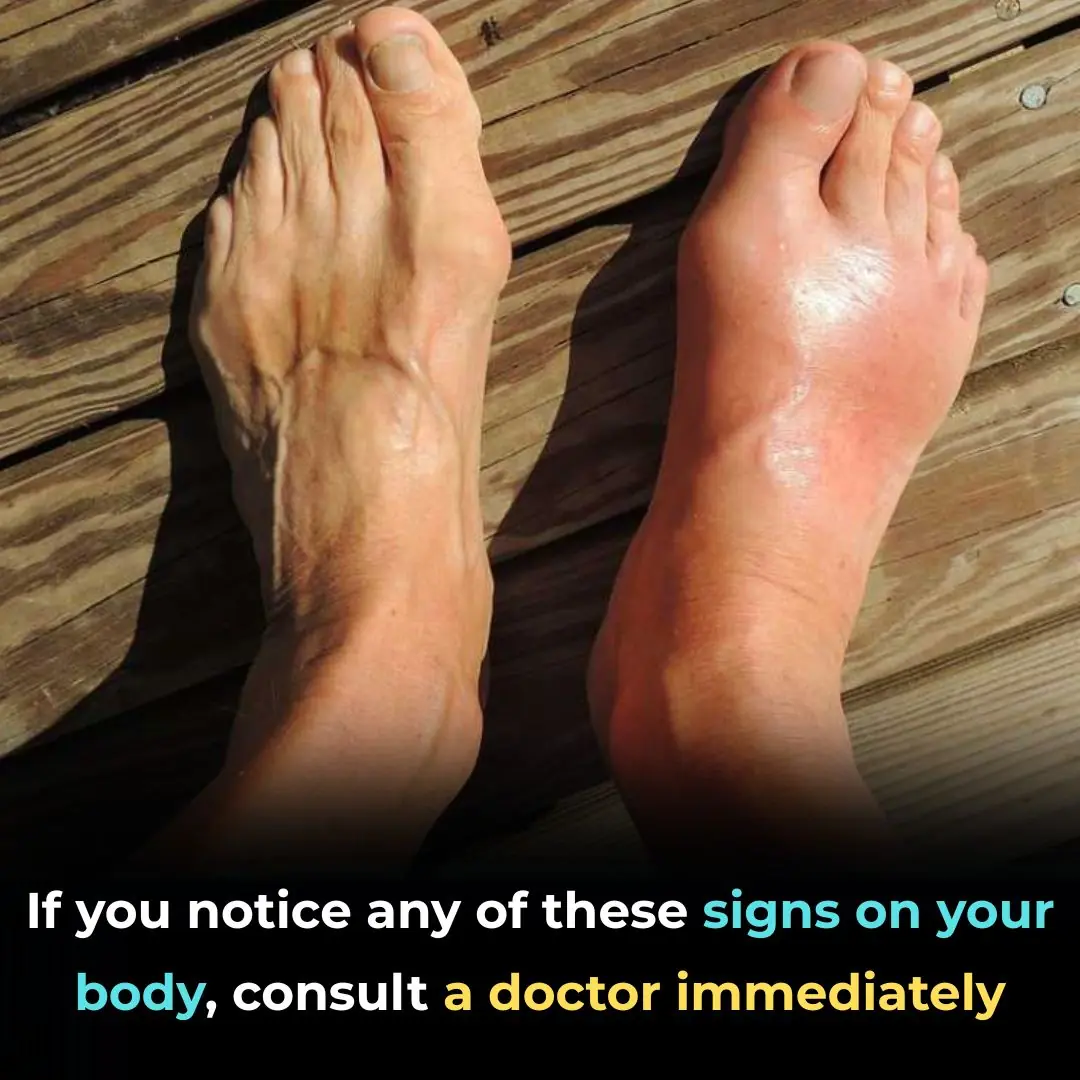
Redness Swelling and Warmth in One Leg
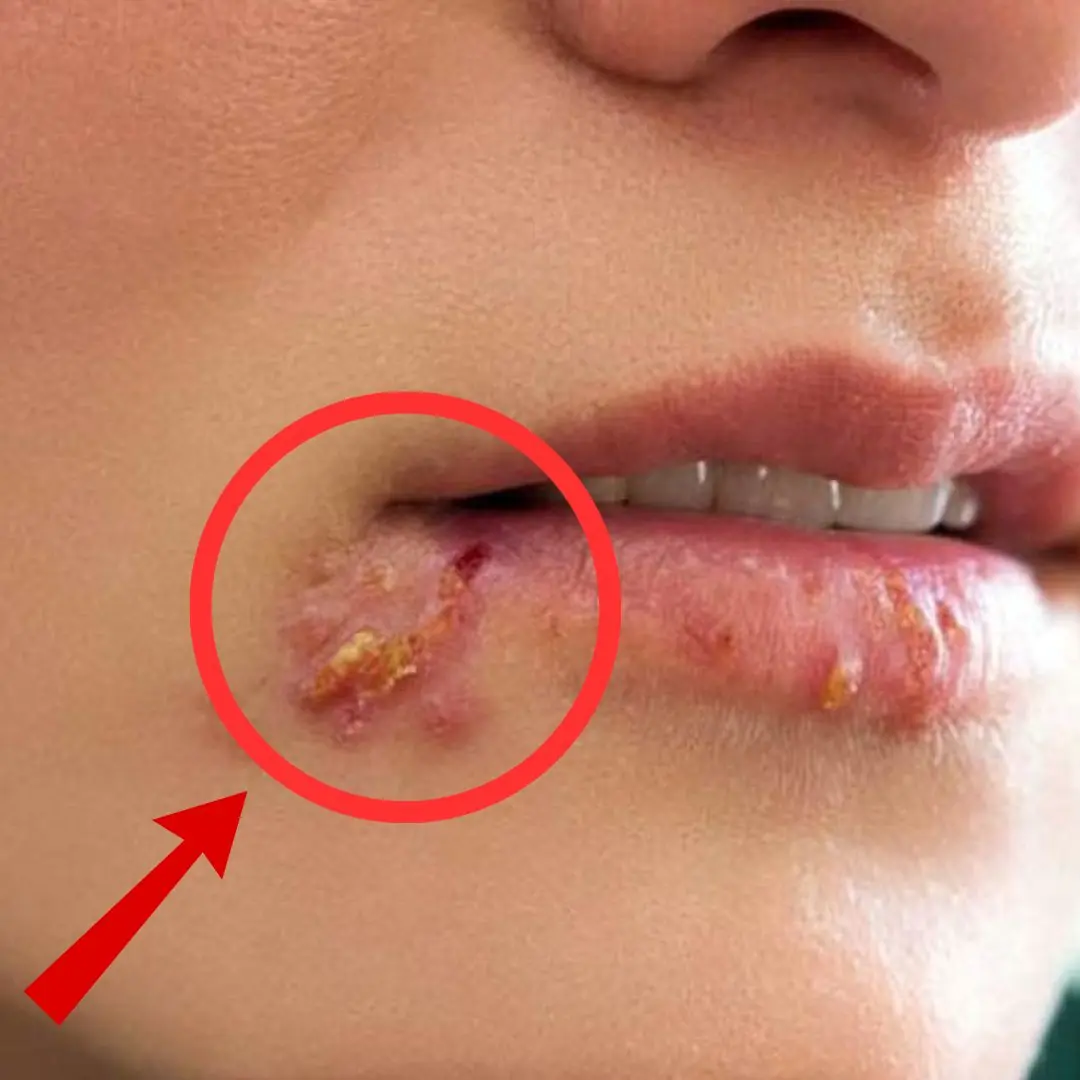
These are the signs that he is...read more
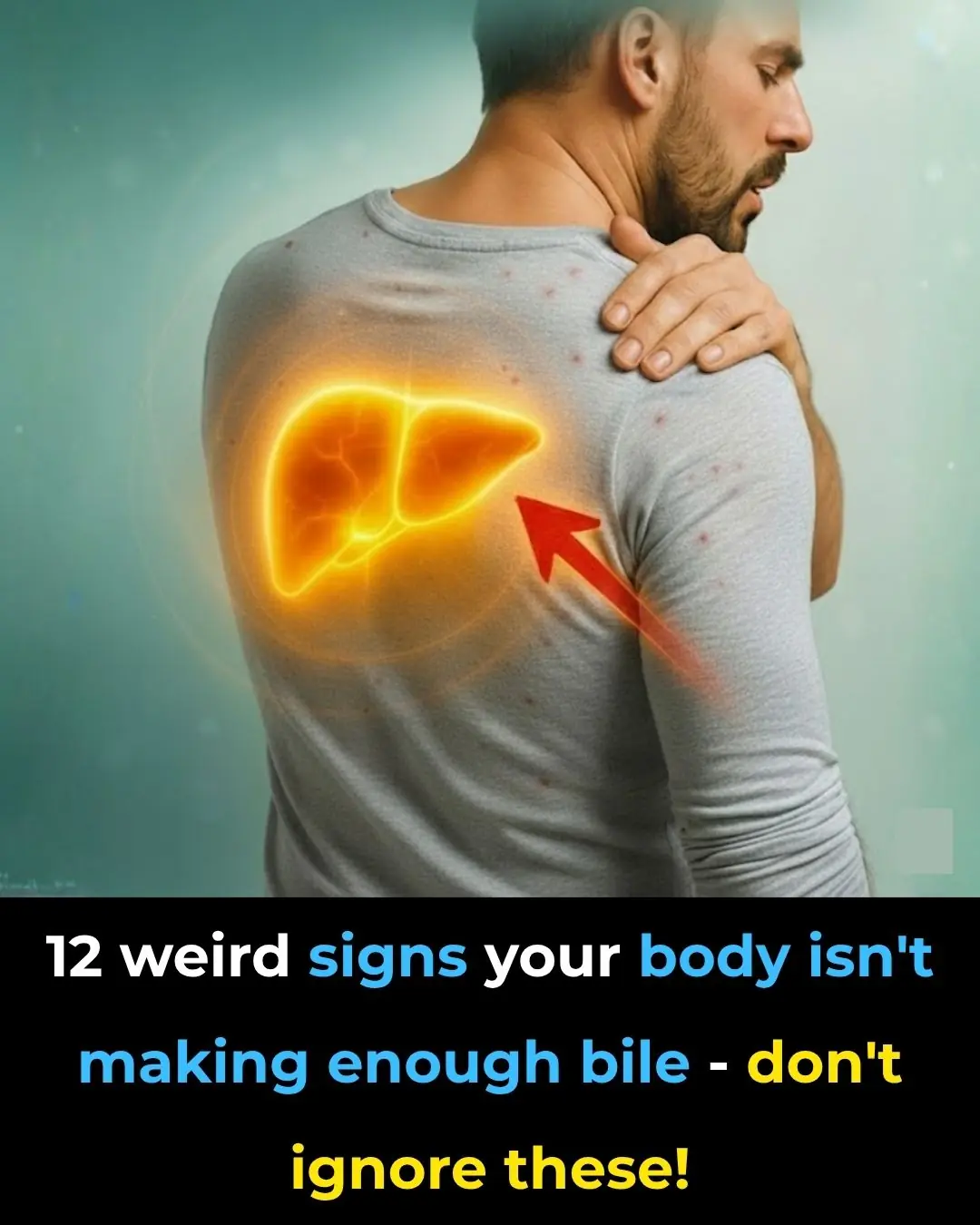
12 weird signs your body isn’t making enough bile—don’t ignore these!
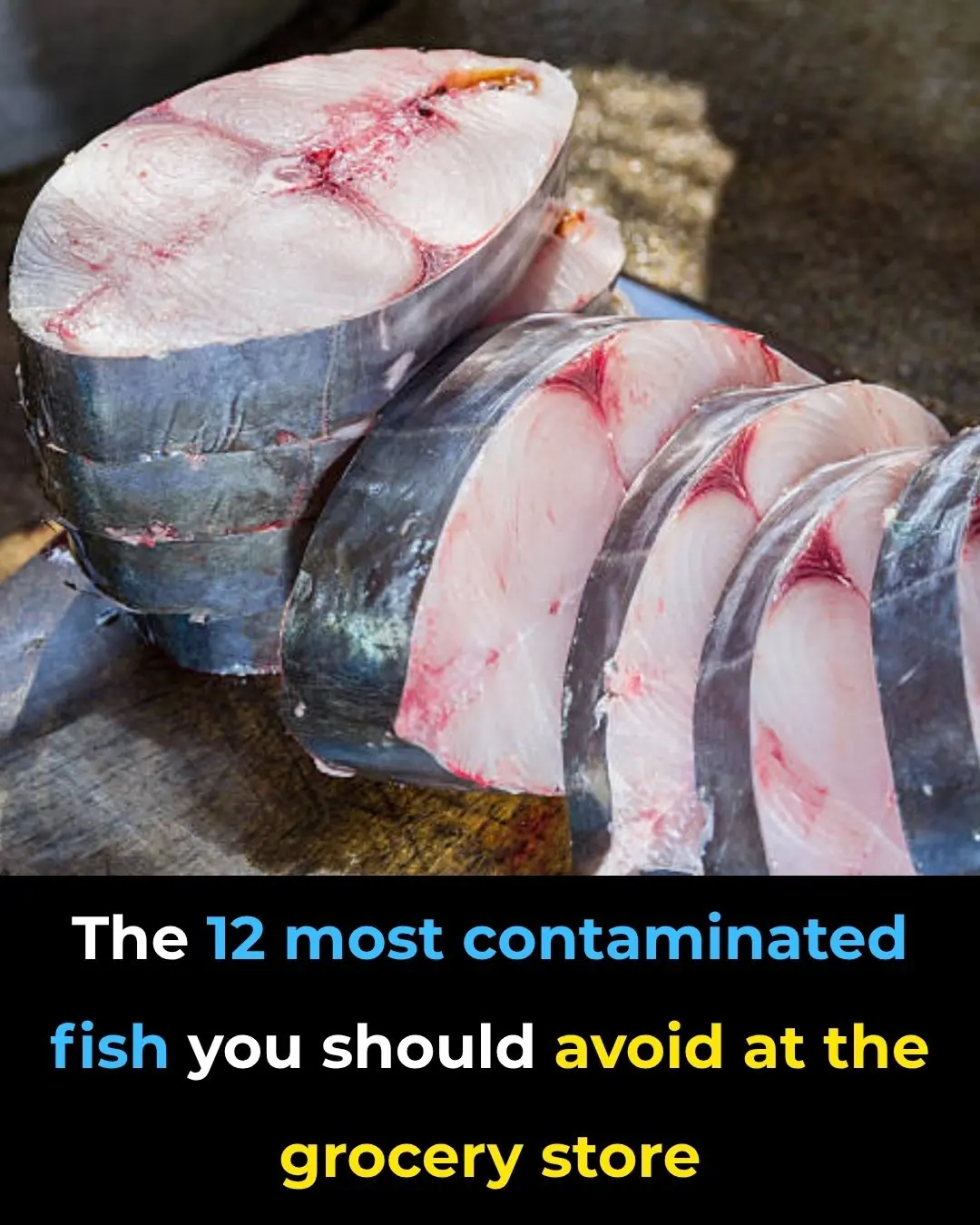
12 Fish Species You Need to Know to Avoid
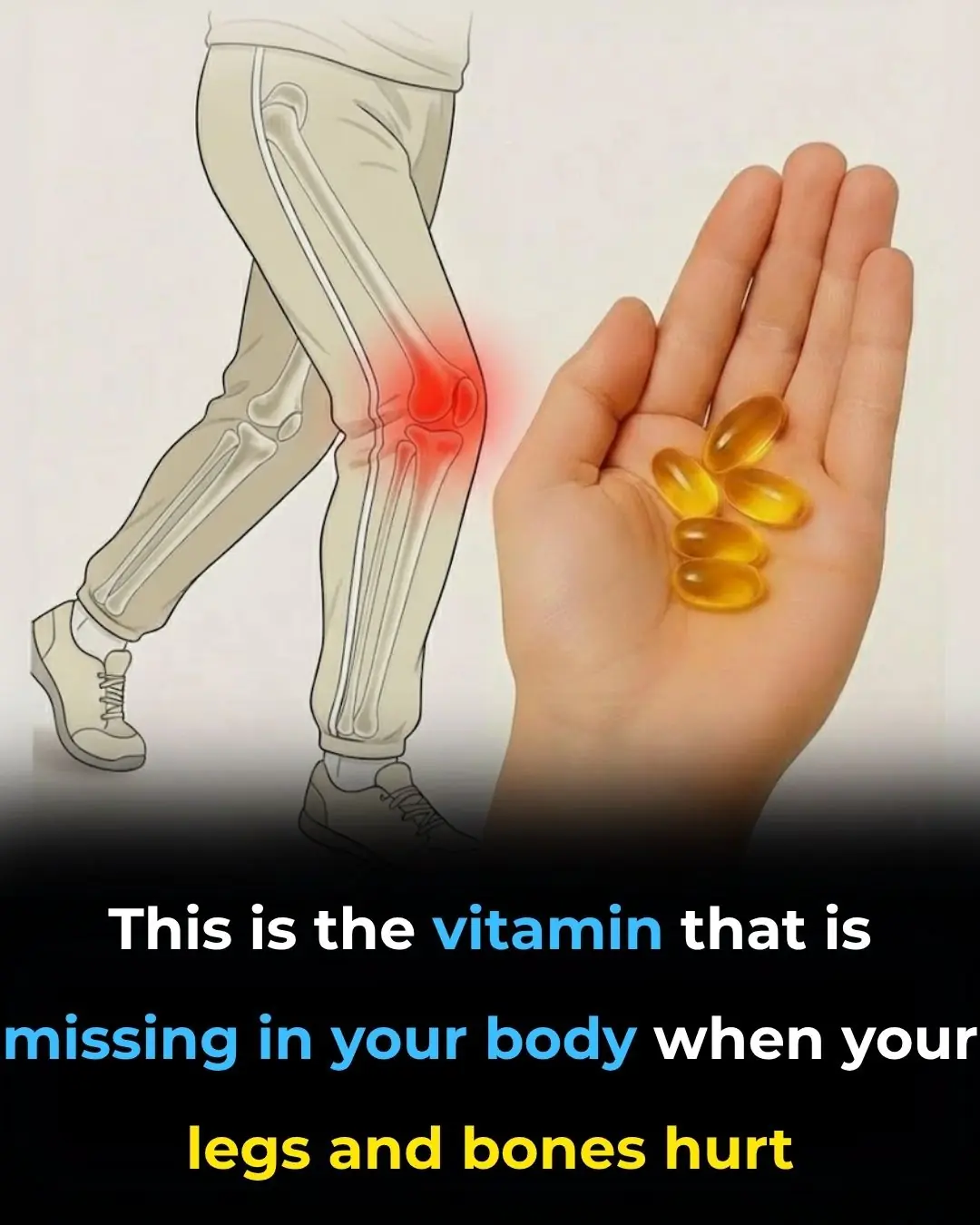
🦴 The Vitamin & Mineral Deficiencies That May Be Behind Leg and Bone Pain
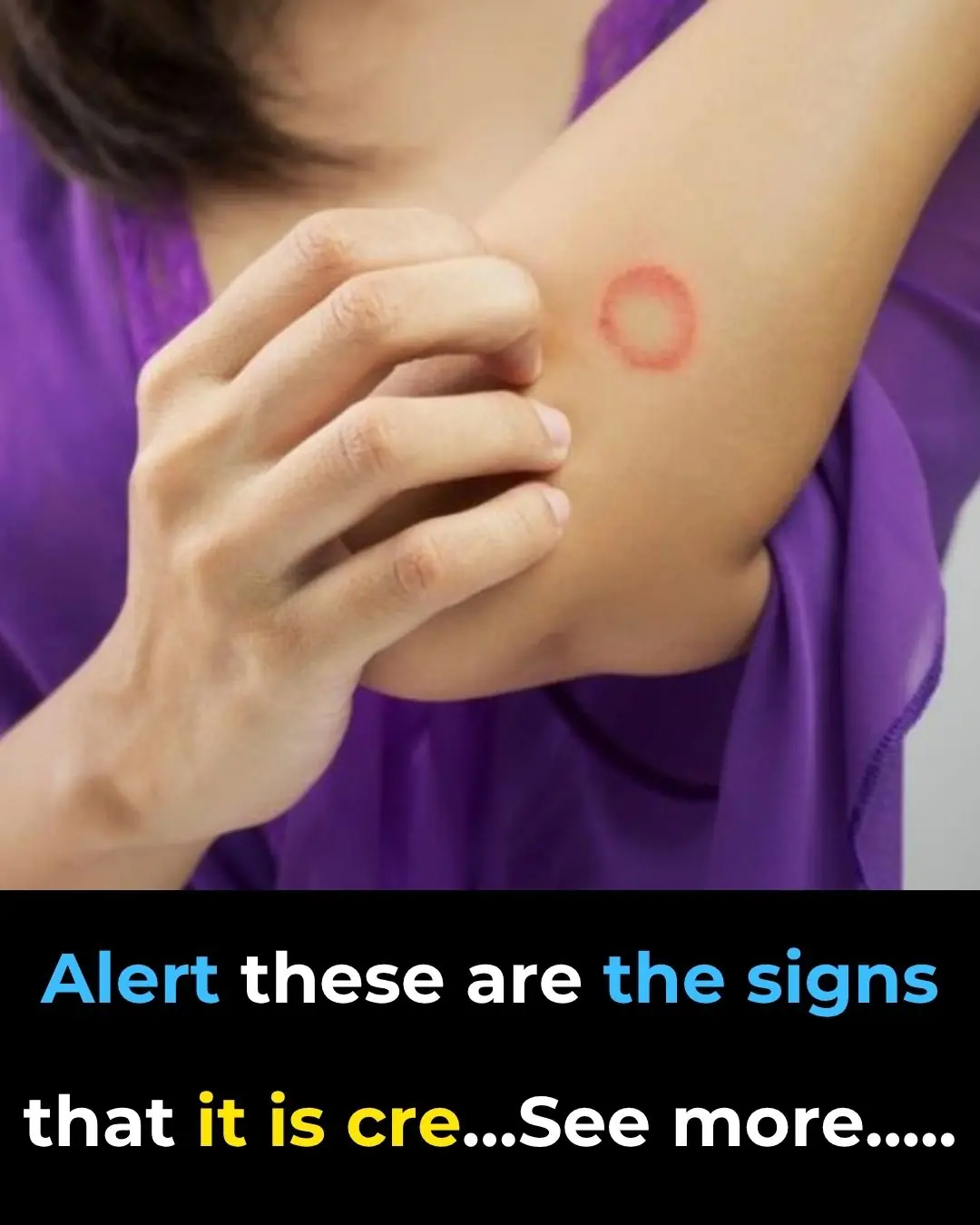
🩺 Unusual Case of Sweet Syndrome Triggered by New Inhaler Therapy in Primary Care
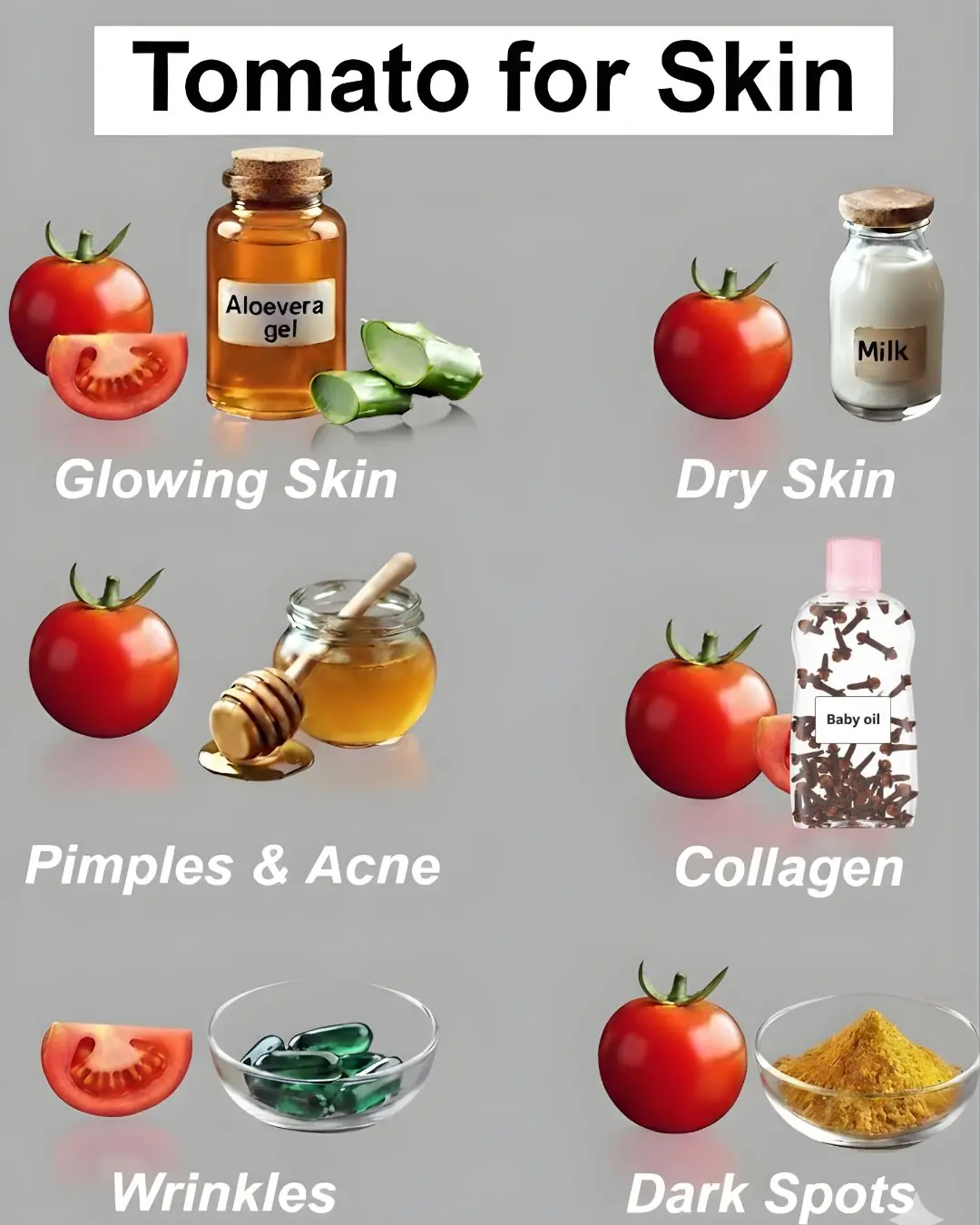
Tomato Benefits for Skin – Rub Tomato Slice on Face
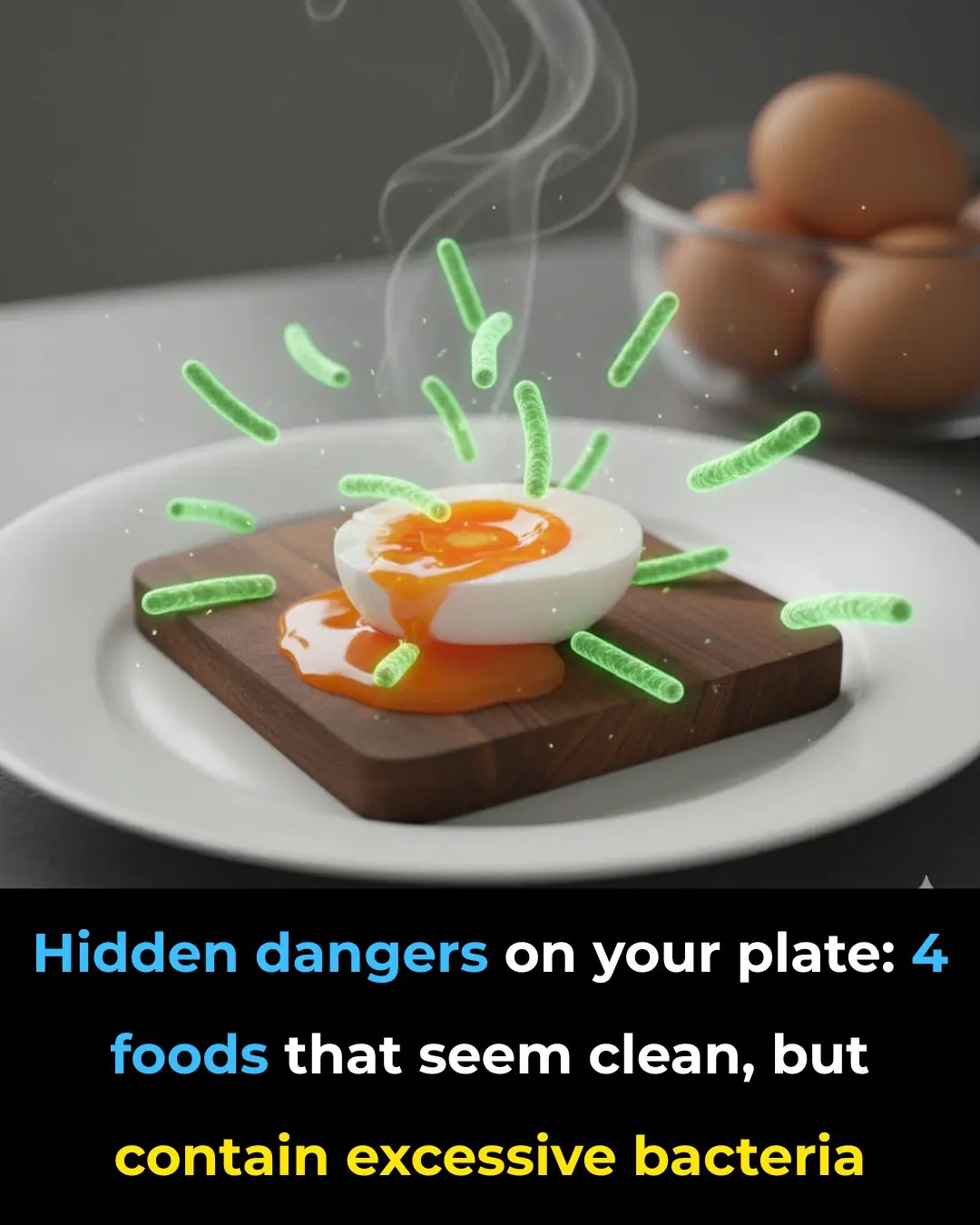
Hidden Dangers on Your Plate: 4 “Clean” Foods That Can Secretly Harm Your Health
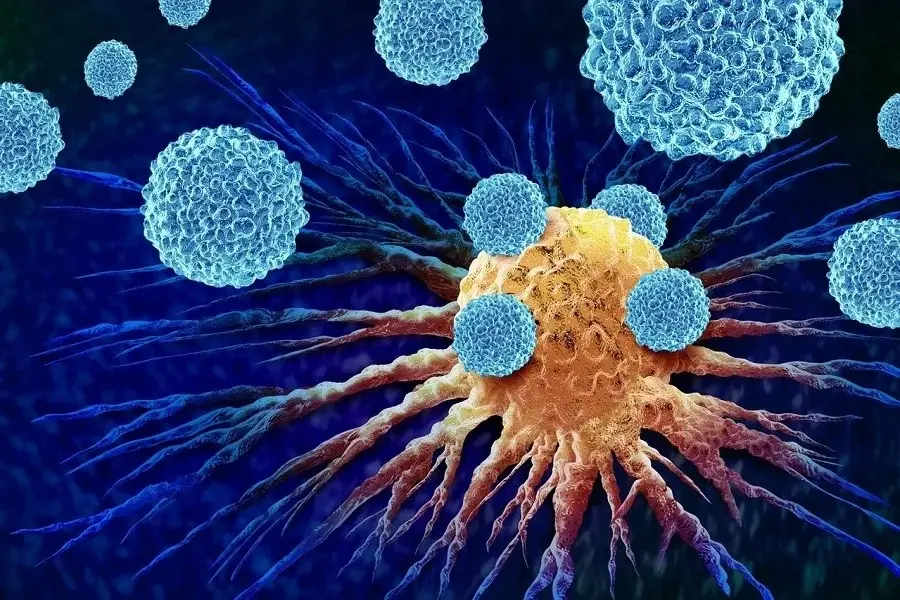
4 Unusual Signs in Your Neck That Could Be Symptoms of Cancer — Don’t Ignore Them
News Post
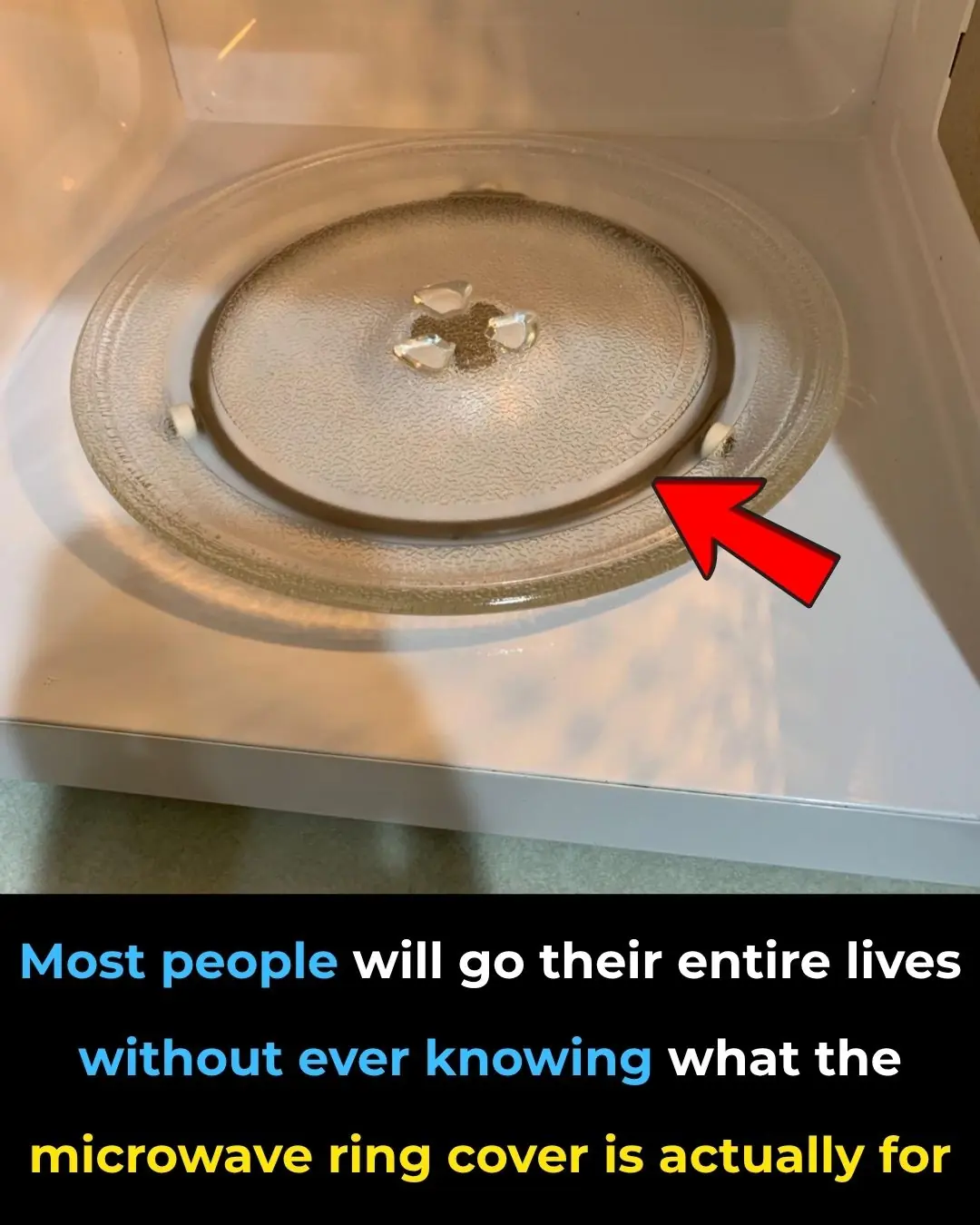
Most people will go their entire lives without ever knowing what the microwave ring cover is actually for

10 Morning Habits That Are Surprisingly Harmful to Your Health
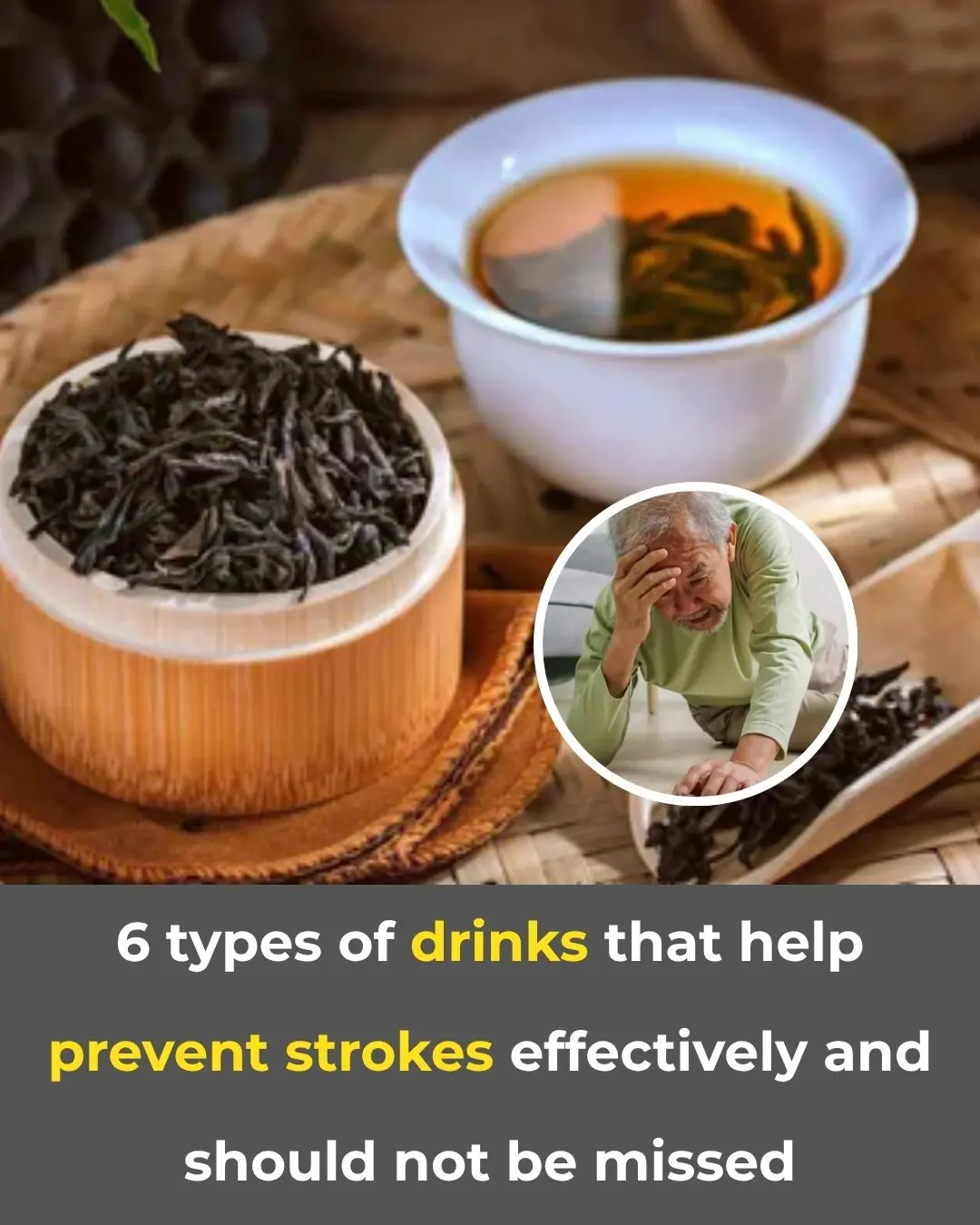
6 Effective Drinks to Help Prevent Stroke – Don’t Overlook These Choices

DENTISTS HATE HOW SIMPLE THIS TEETH WHITENING HACK IS
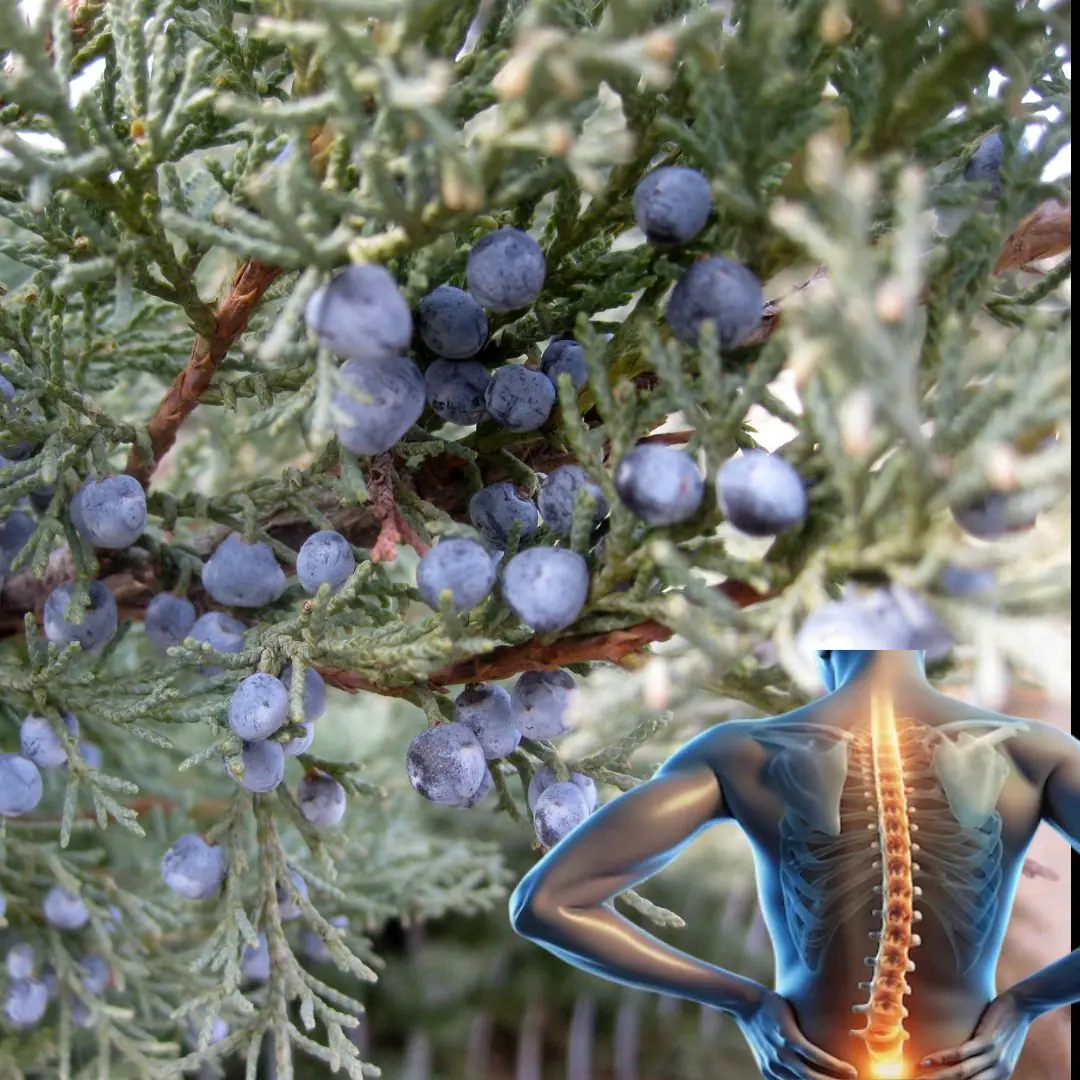
Juniper: A Comprehensive Guide to Its Benefits and Uses
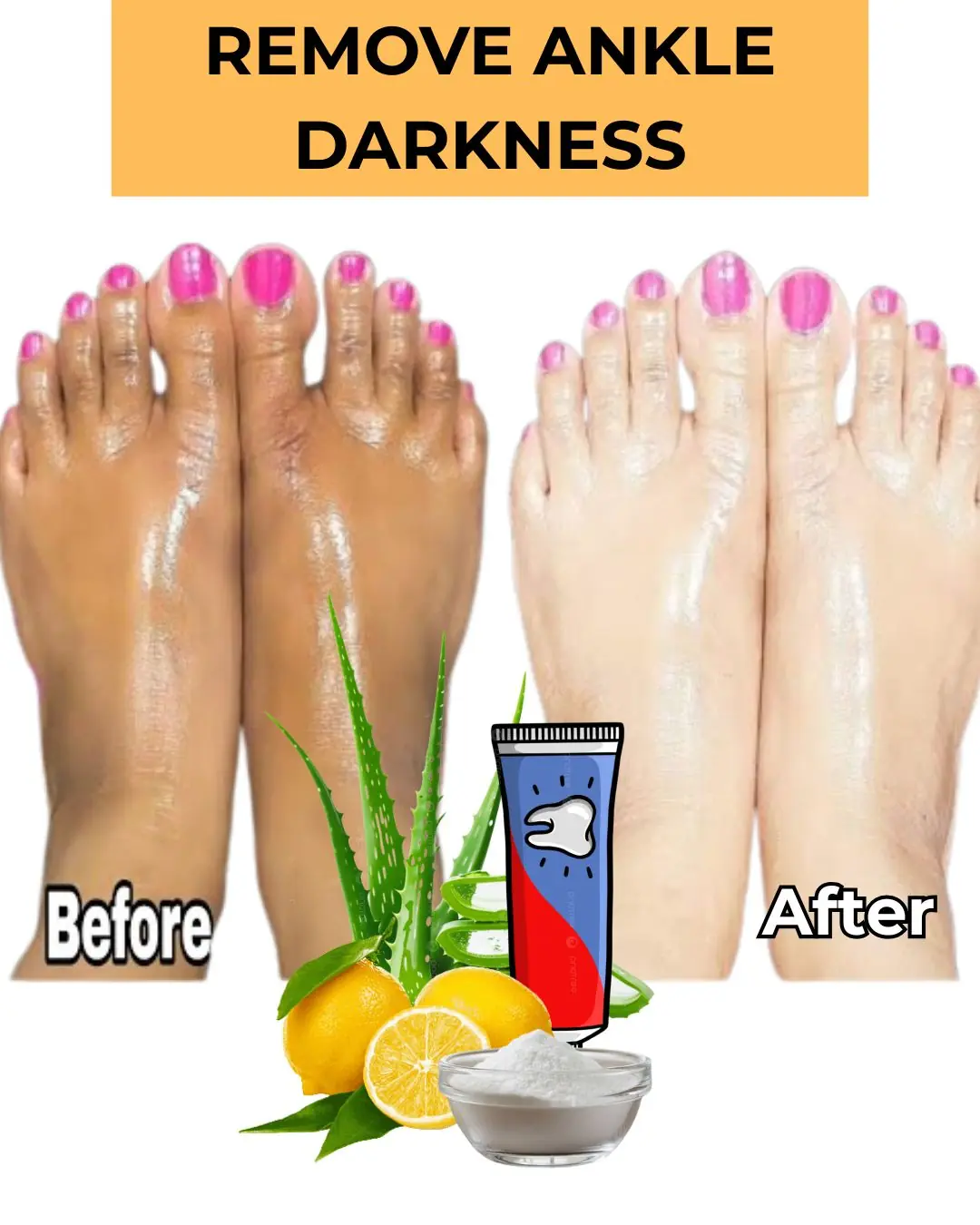
Unveil Colgate’s Secret for Silky-Smooth Feet

Evergreen Huckleberry (Vaccinium ovatum) – Benefits, Uses, and Growing Guide
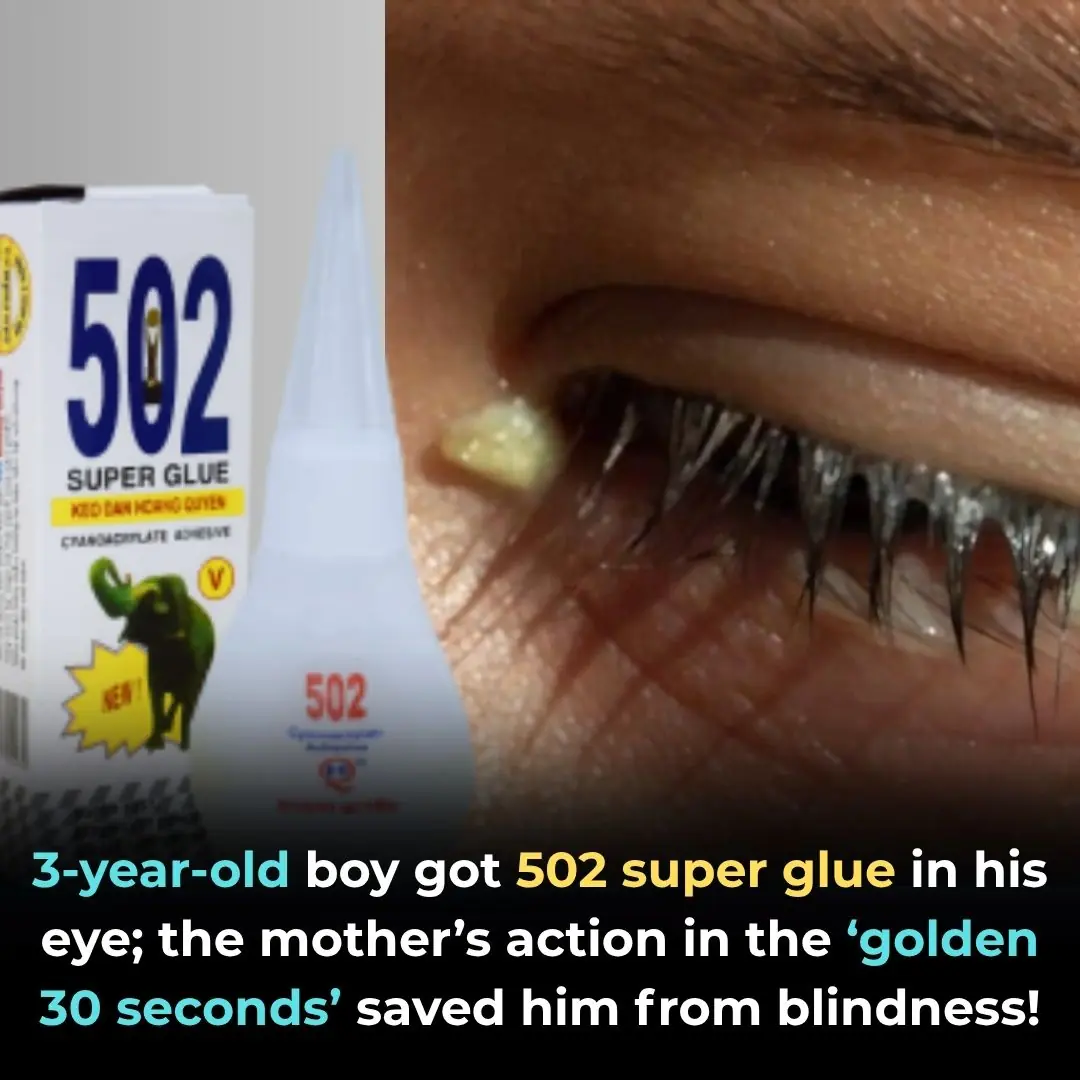
A 3-Year-Old Boy Got Super Glue in His Eye — His Mother’s “Golden 30 Seconds” Saved His Sight
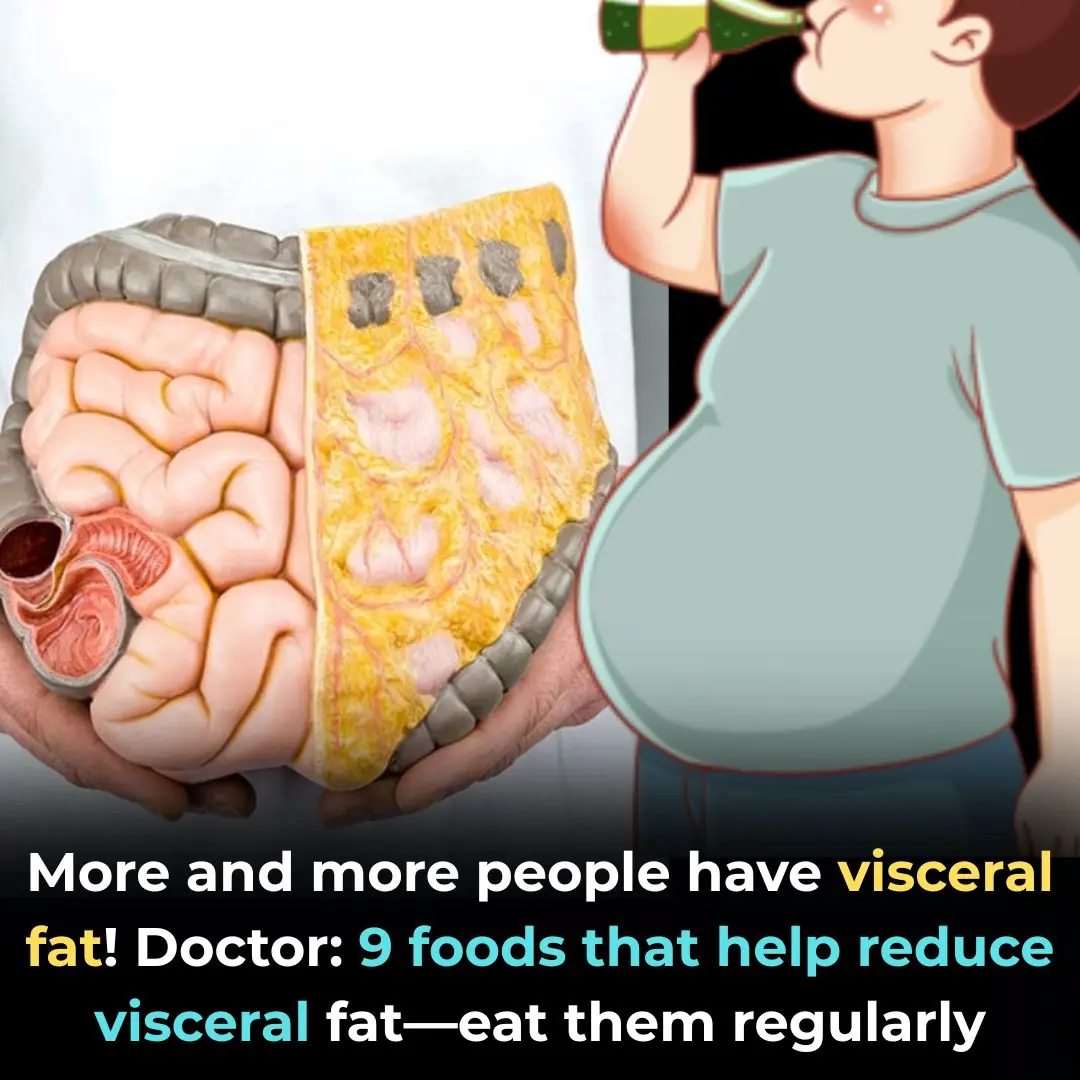
Growing Concern Over Visceral Fat — Doctors Recommend 9 Foods to Help Burn It Naturally
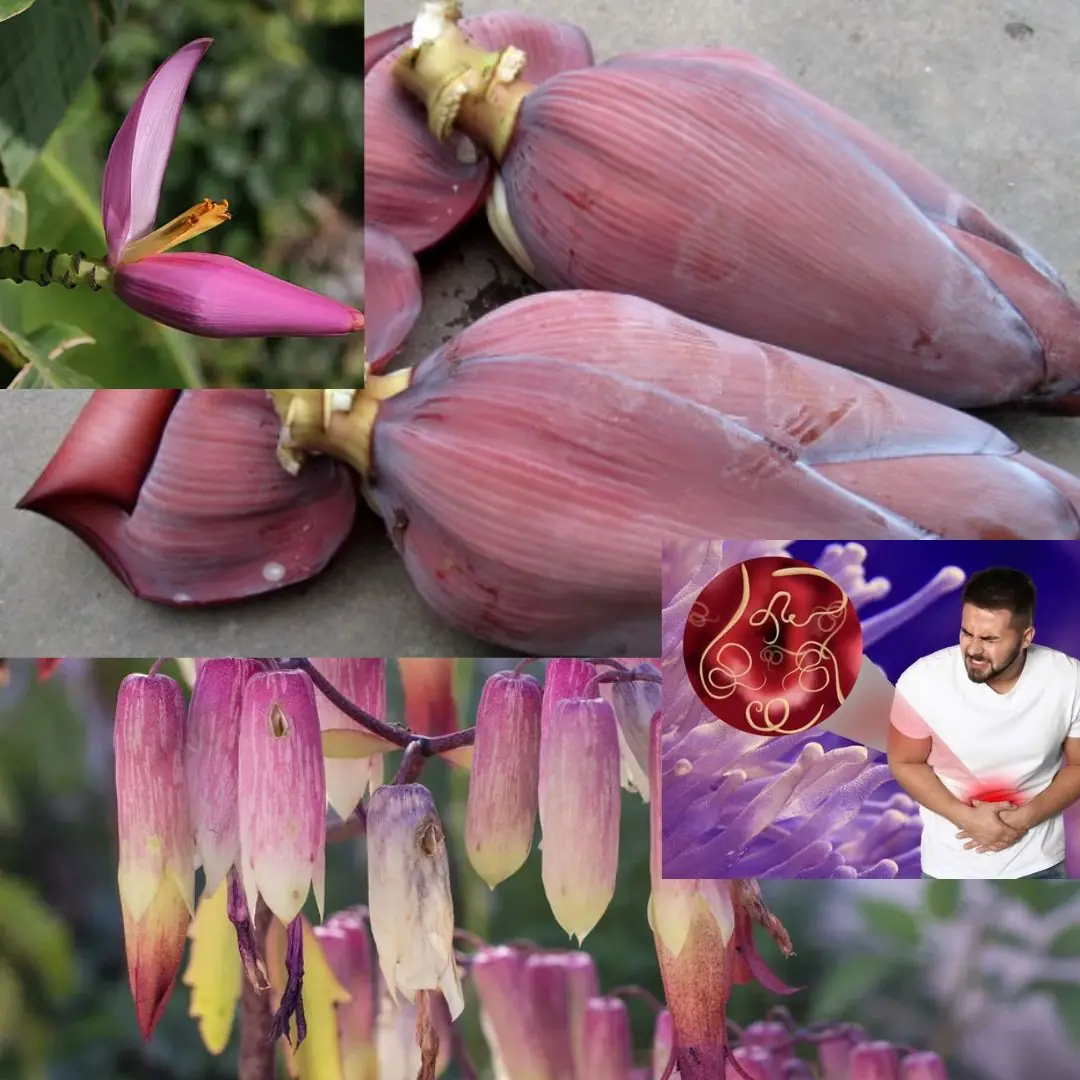
7 Amazing Health Benefits of Banana Blossoms
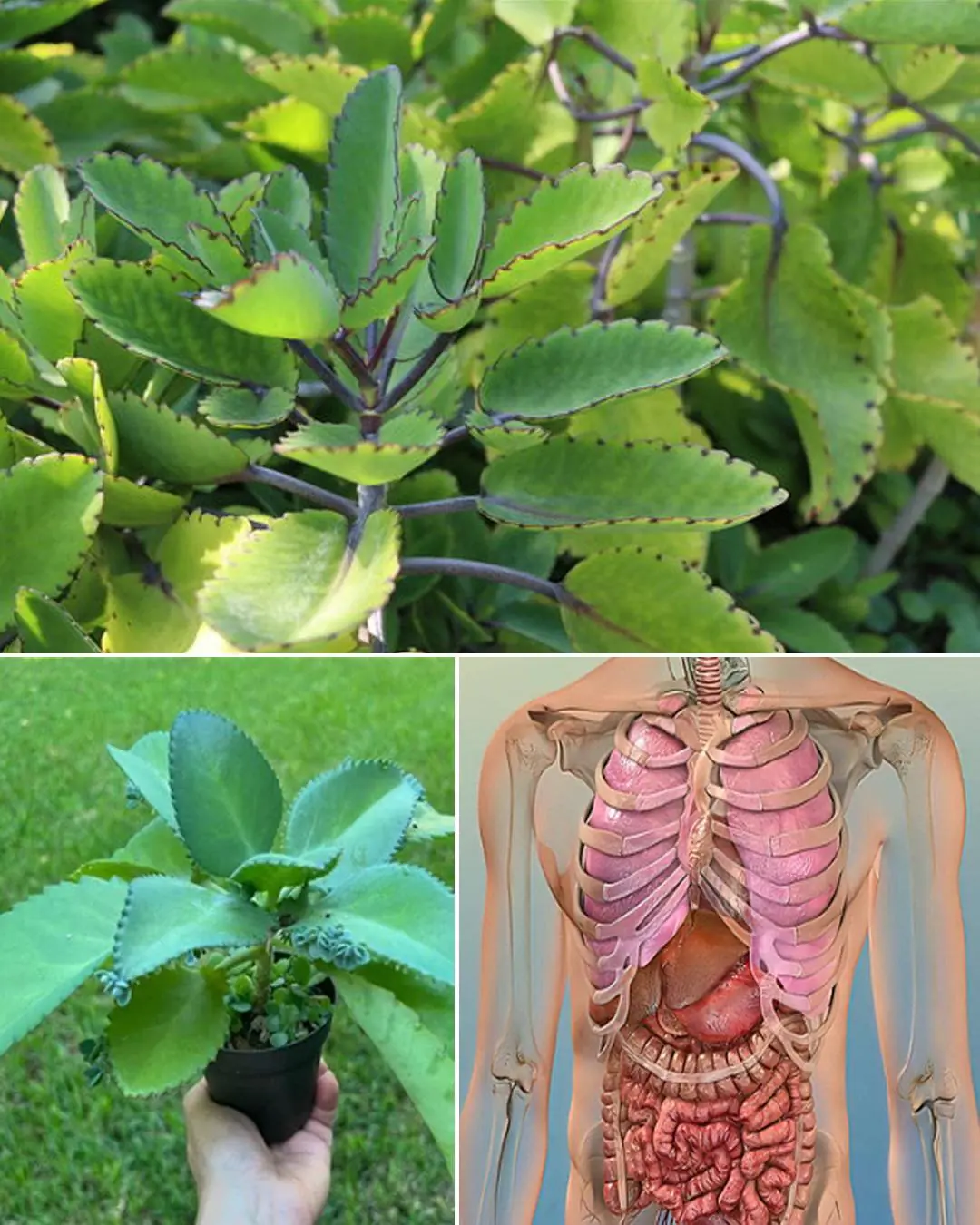
Bryophyllum Calycinum (Kalanchoe Pinnata): Benefits and Uses
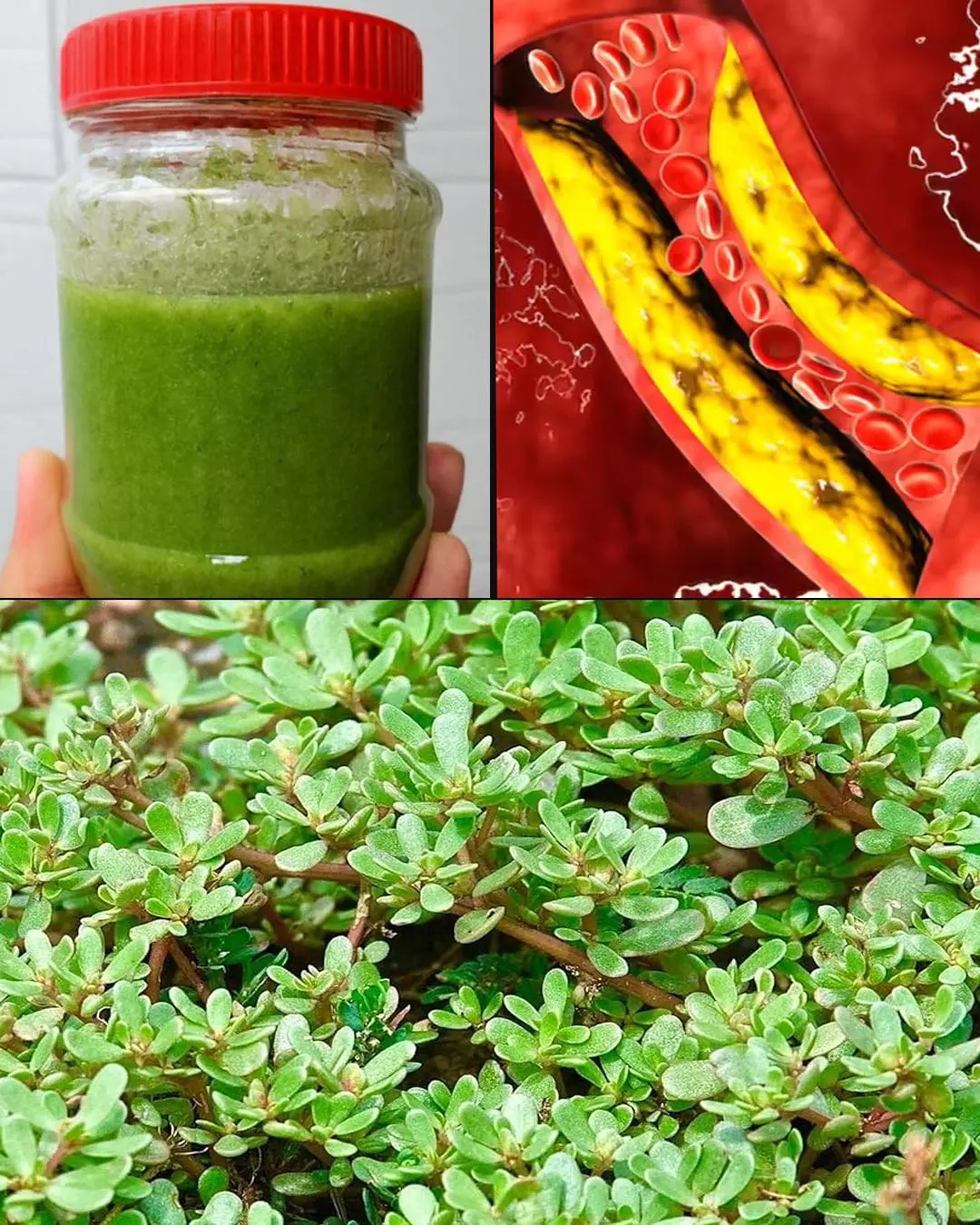
Purslane: The Superfood That Tastes Better Than Meat – 7 Reasons to Grow It in Your Garden
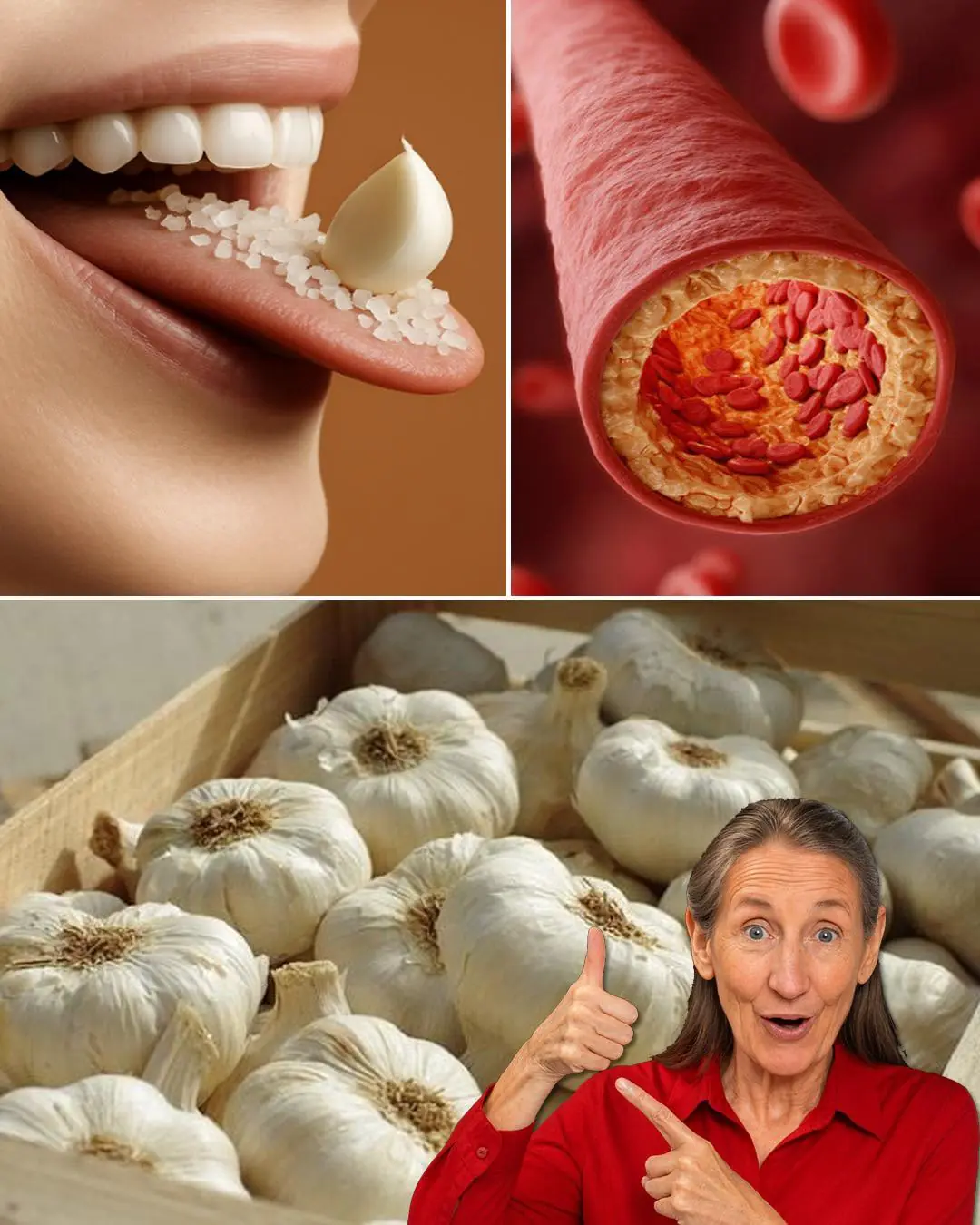
7 Benefits of Chewing Raw Garlic on an Empty Stomach
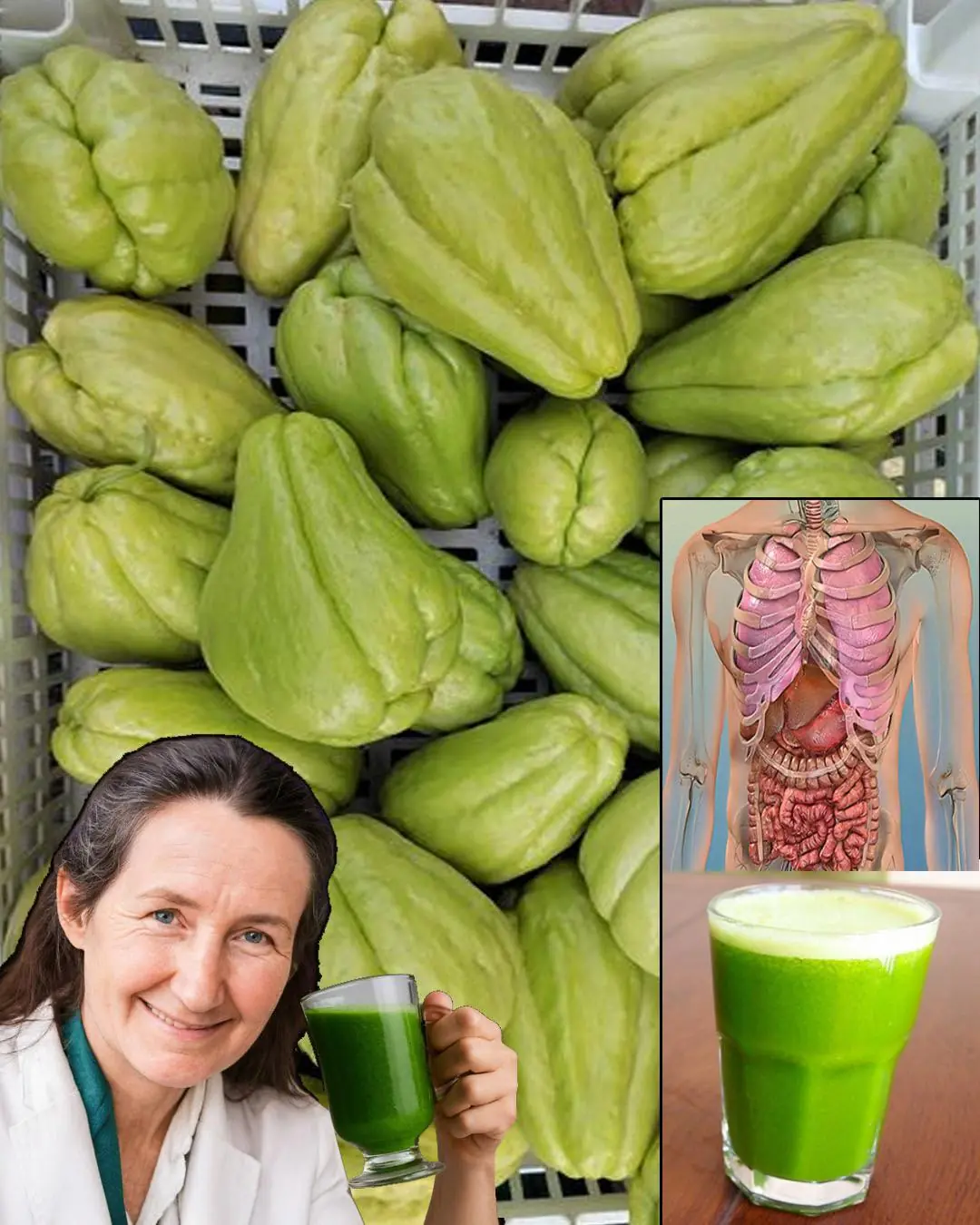
Chayote Remedy: Natural Cure for Pain, Swelling, Blood Pressure & Cholesterol
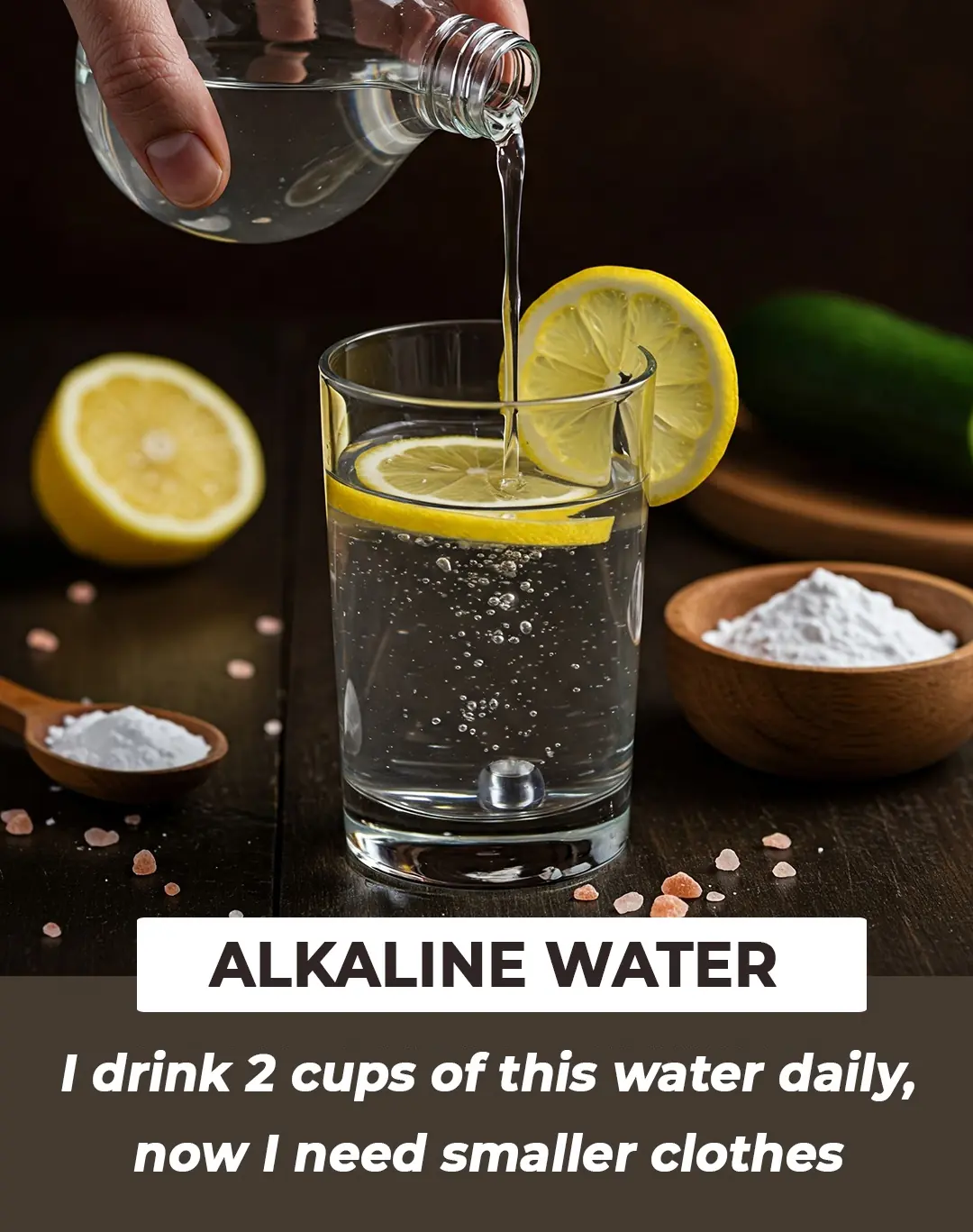
Alkaline Water – Recipe and Health Benefits for Skin & Hair
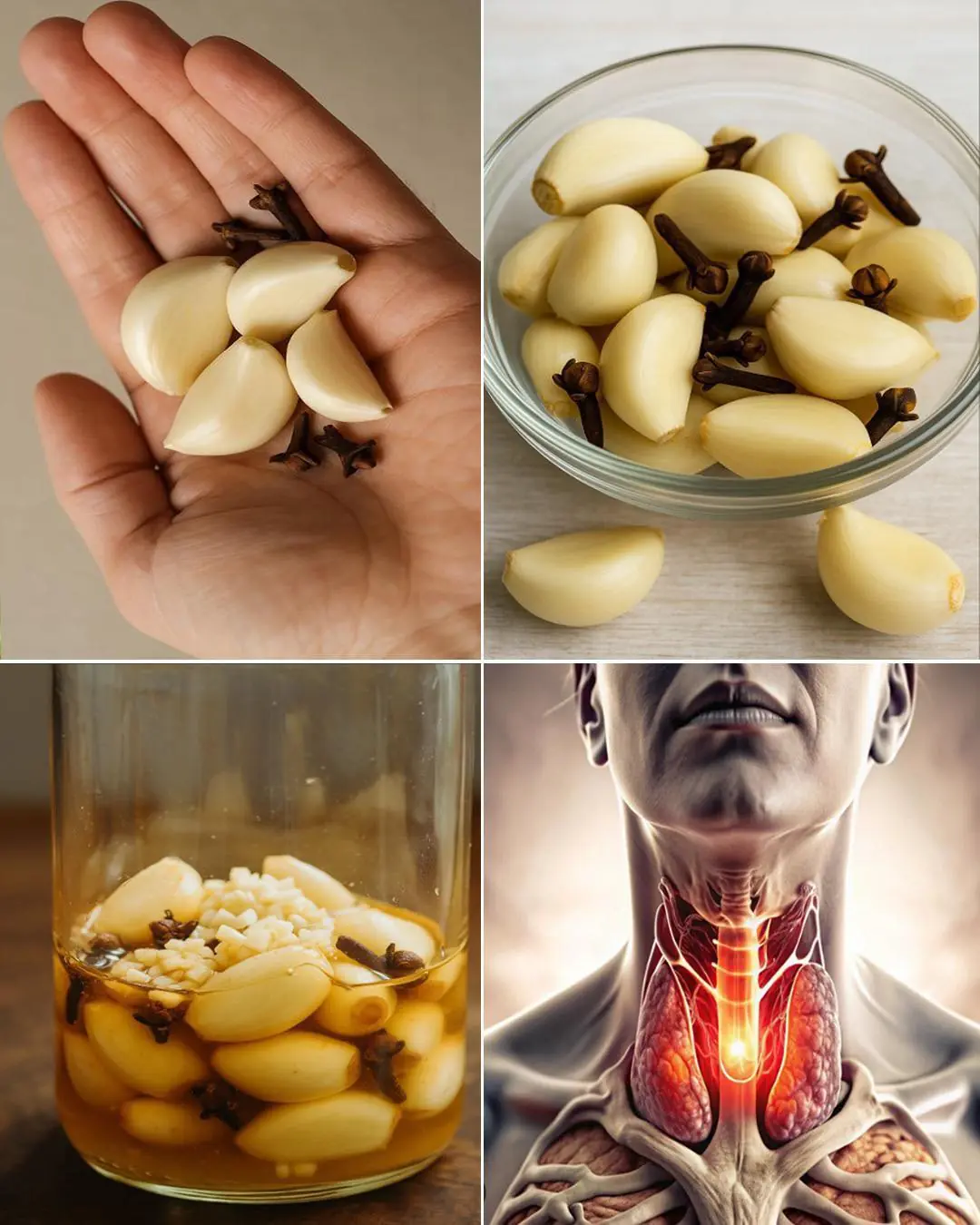
Garlic, Honey, and Cloves – a powerful natural remedy packed with health benefits
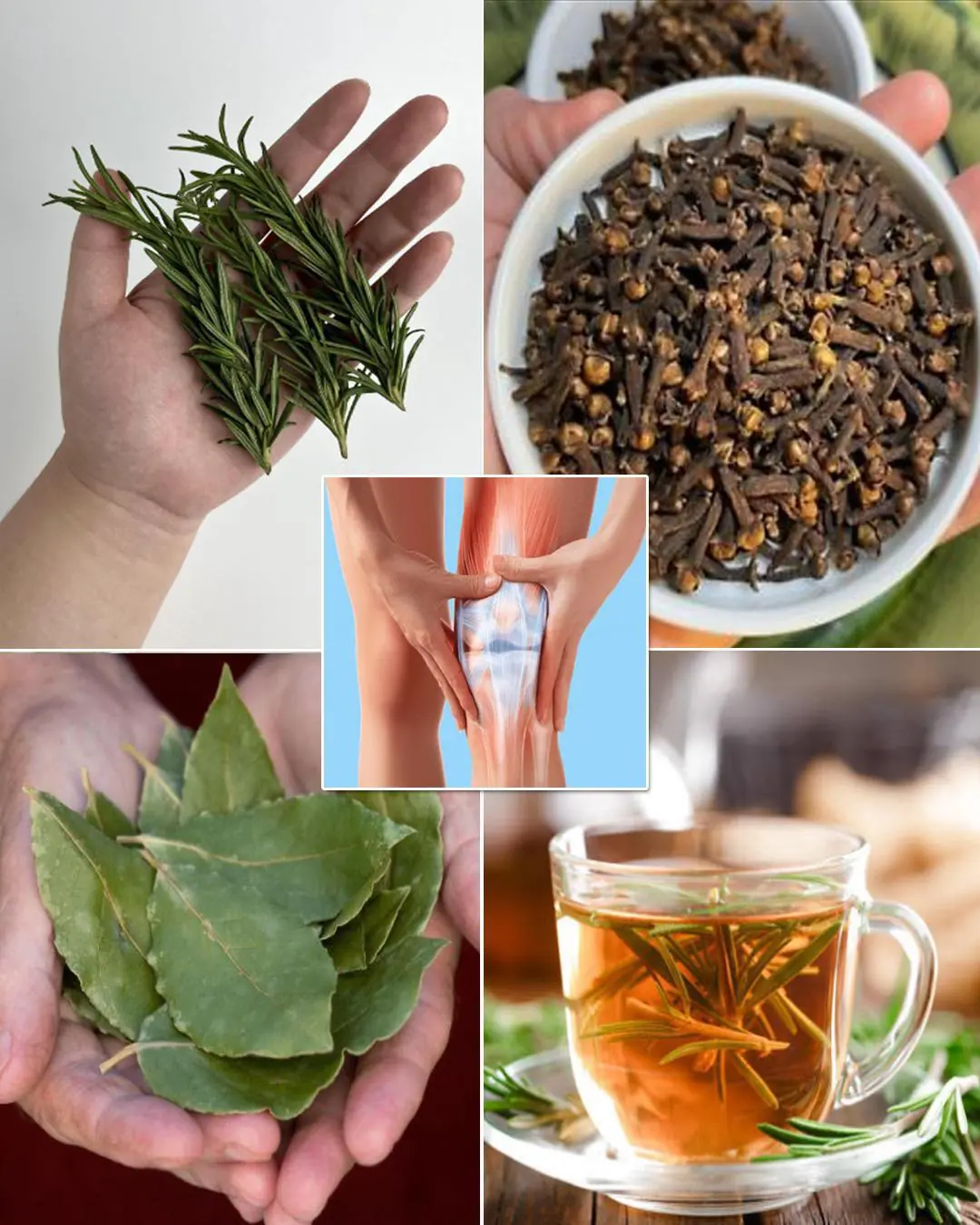
A Natural Blend of Rosemary, Cloves, and Bay Leaves
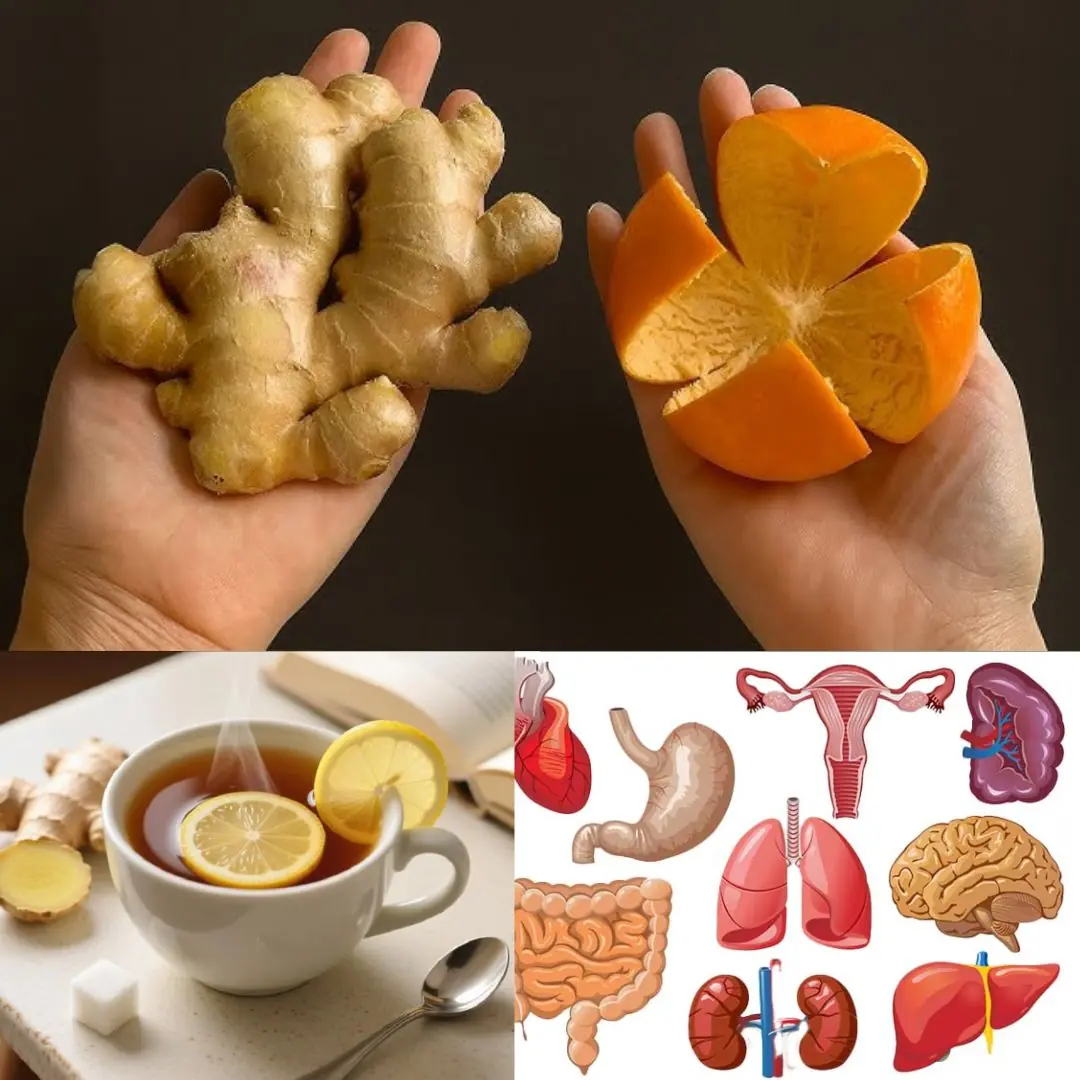
Ginger and Orange Detox Drink – Cleanse Kidneys, Liver, and Lungs Naturally

The Purple Maguey Plant — Benefits and Traditional Uses
